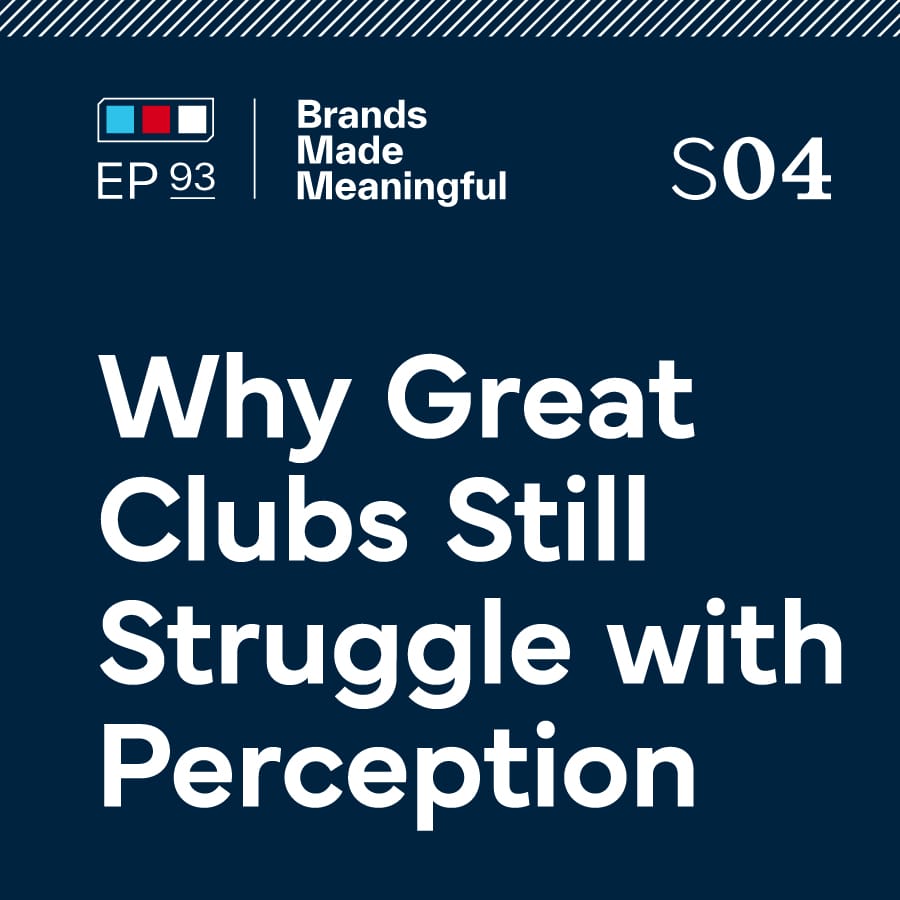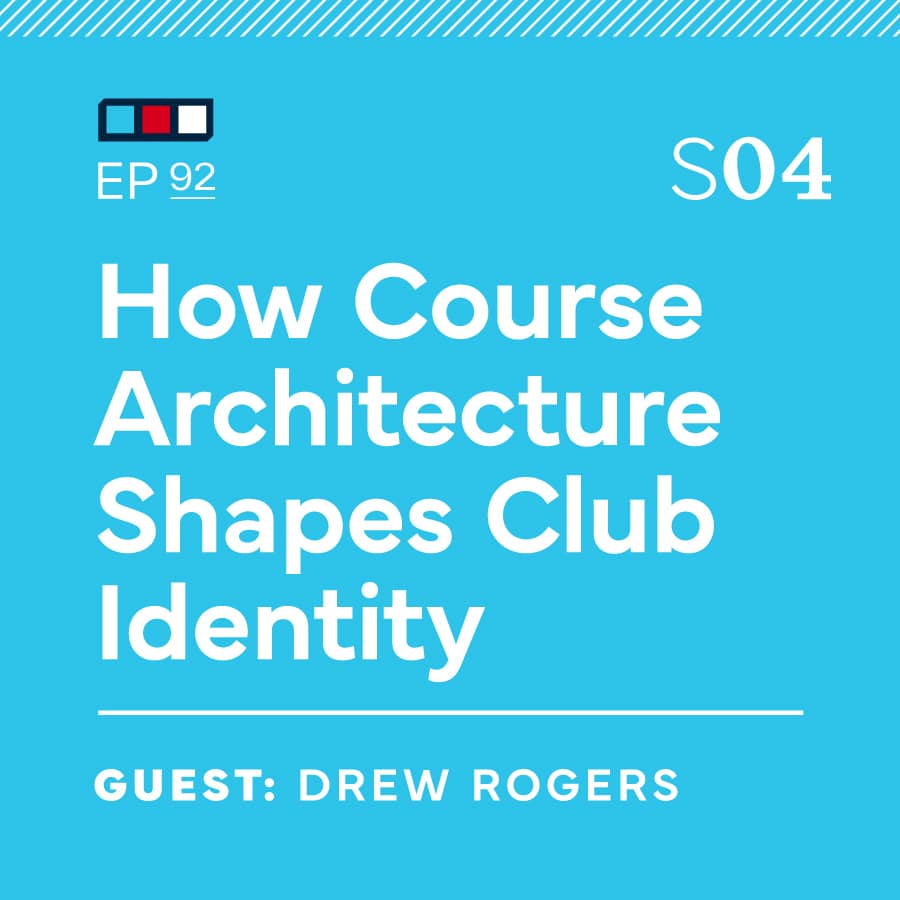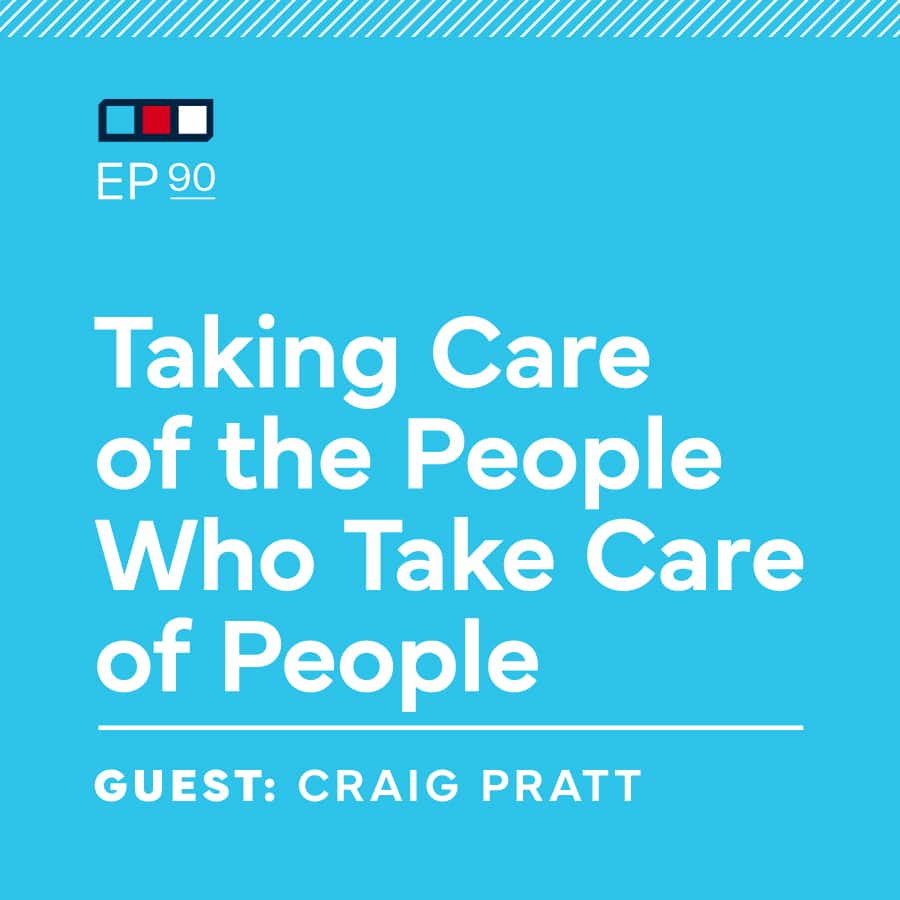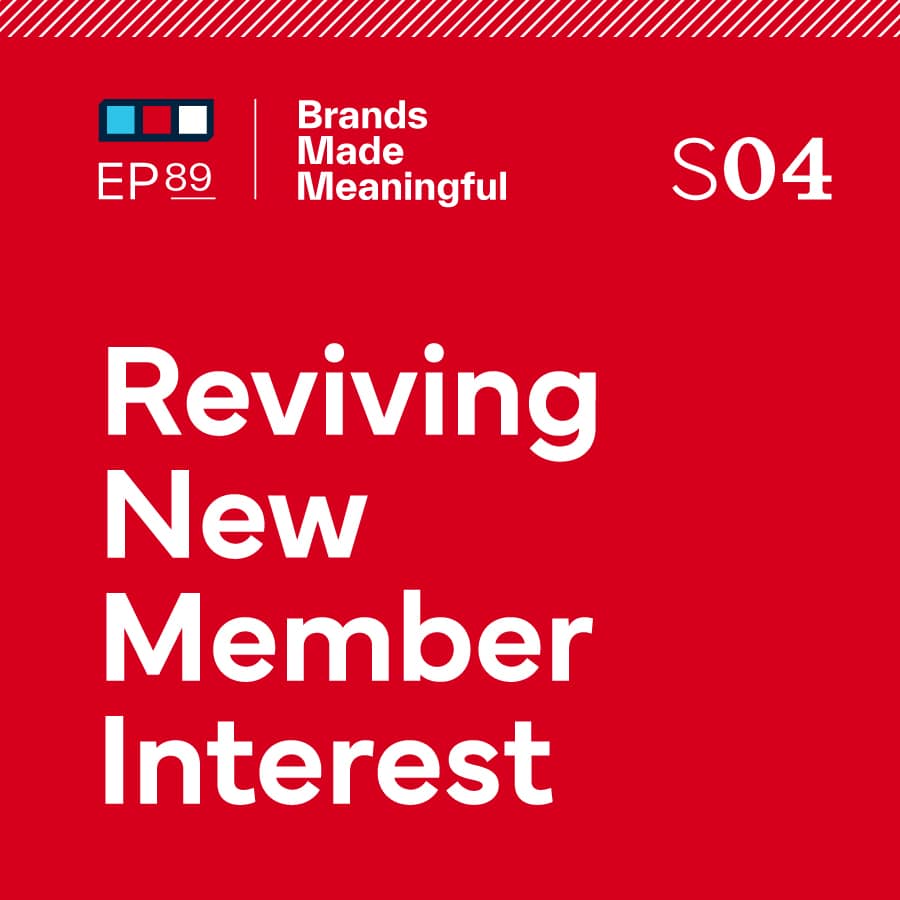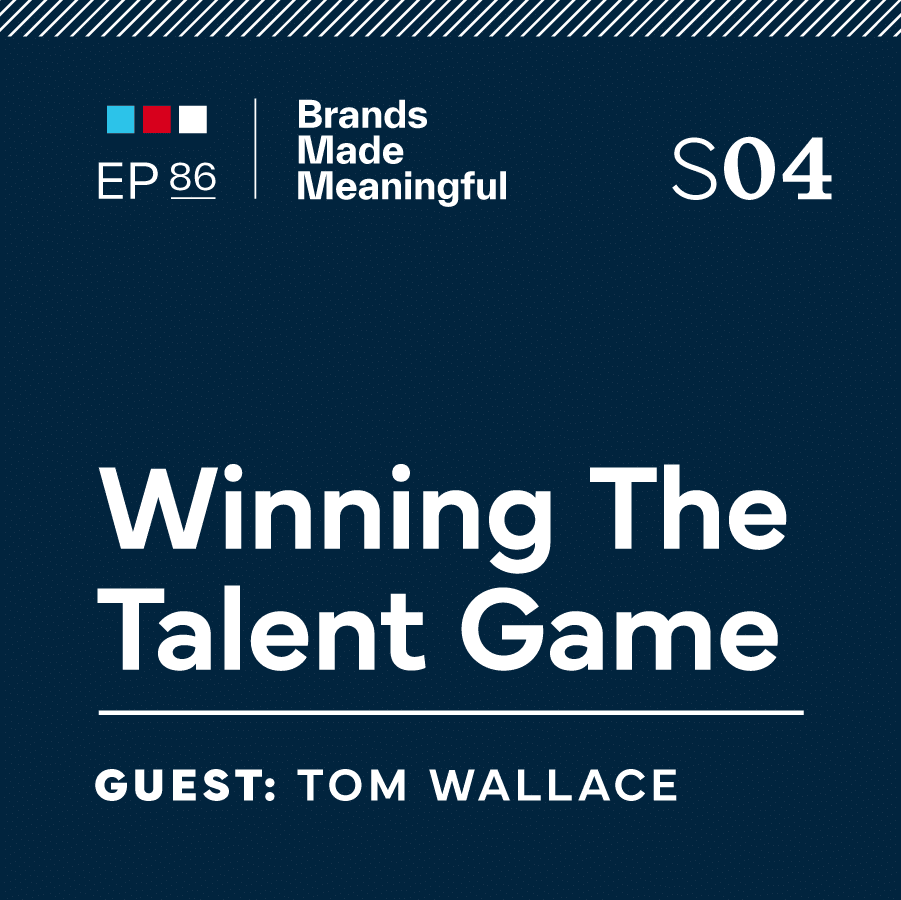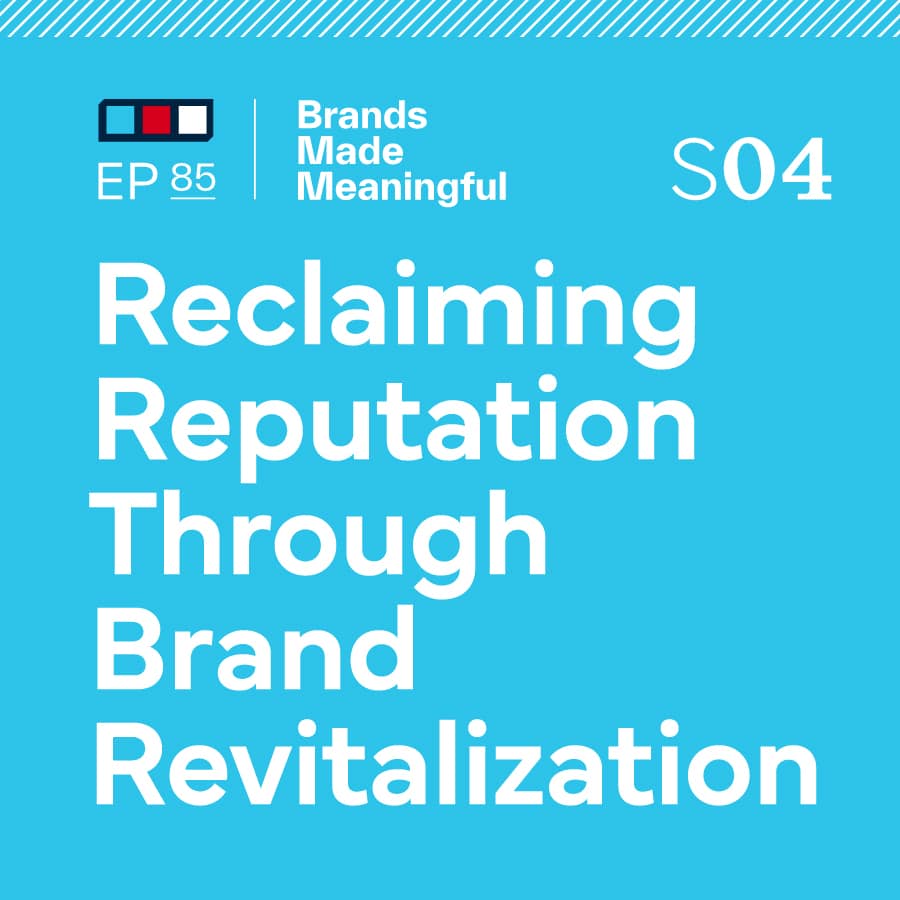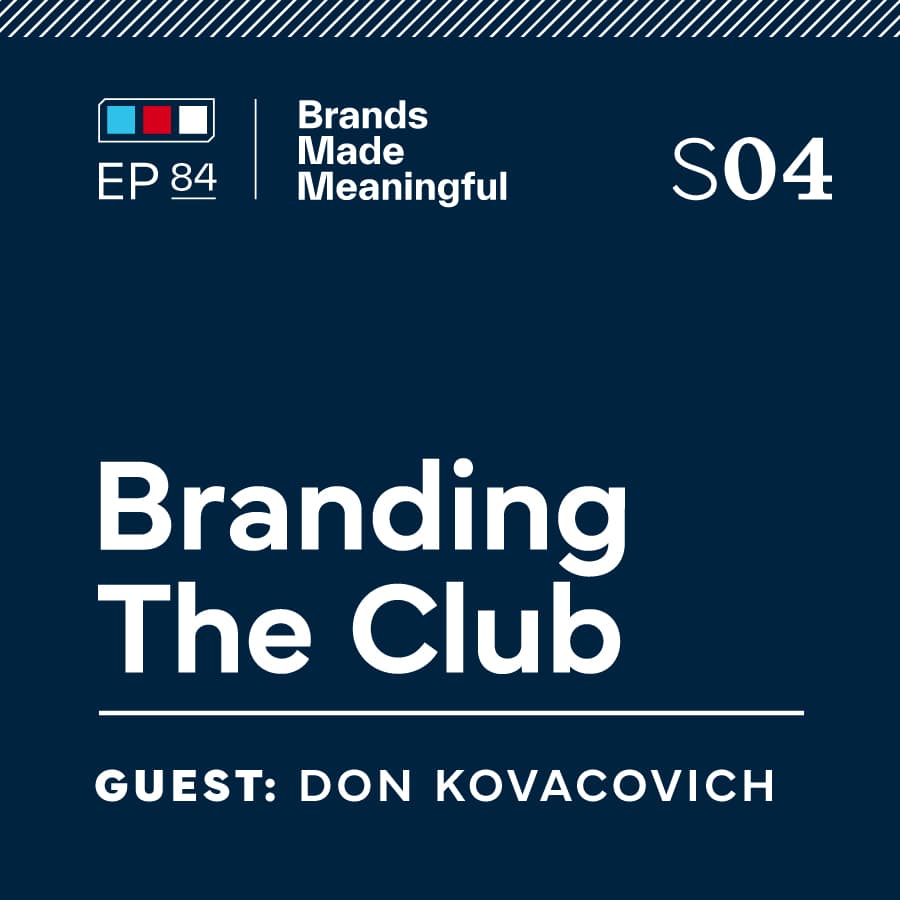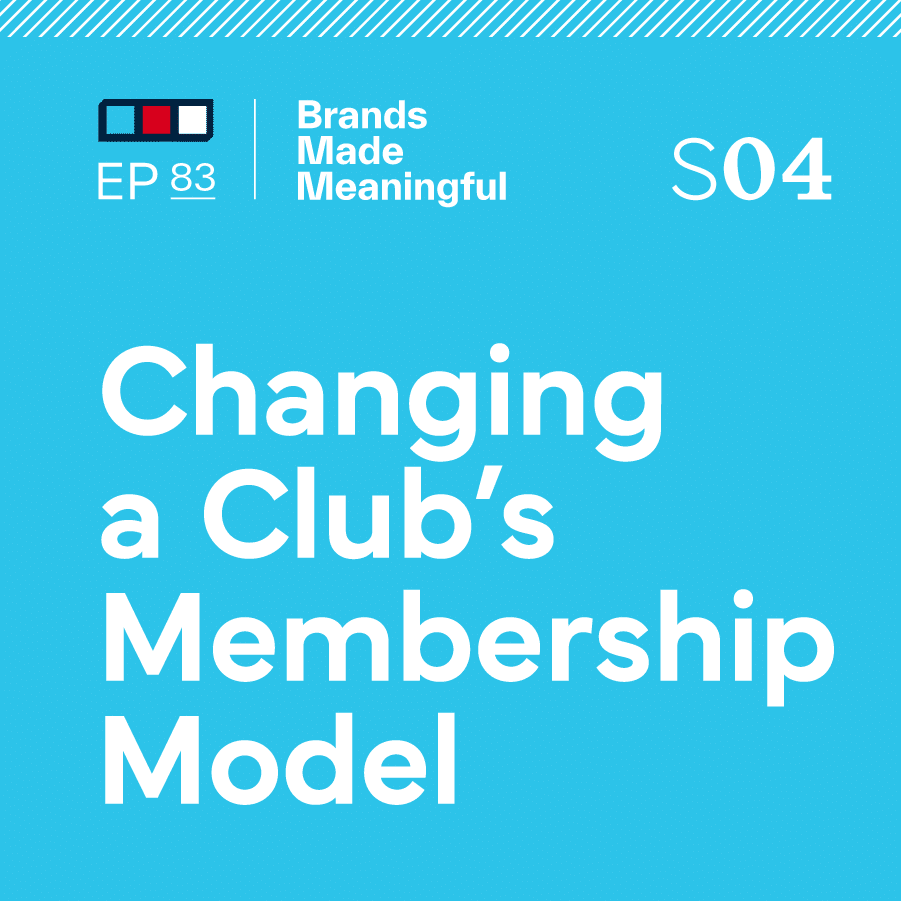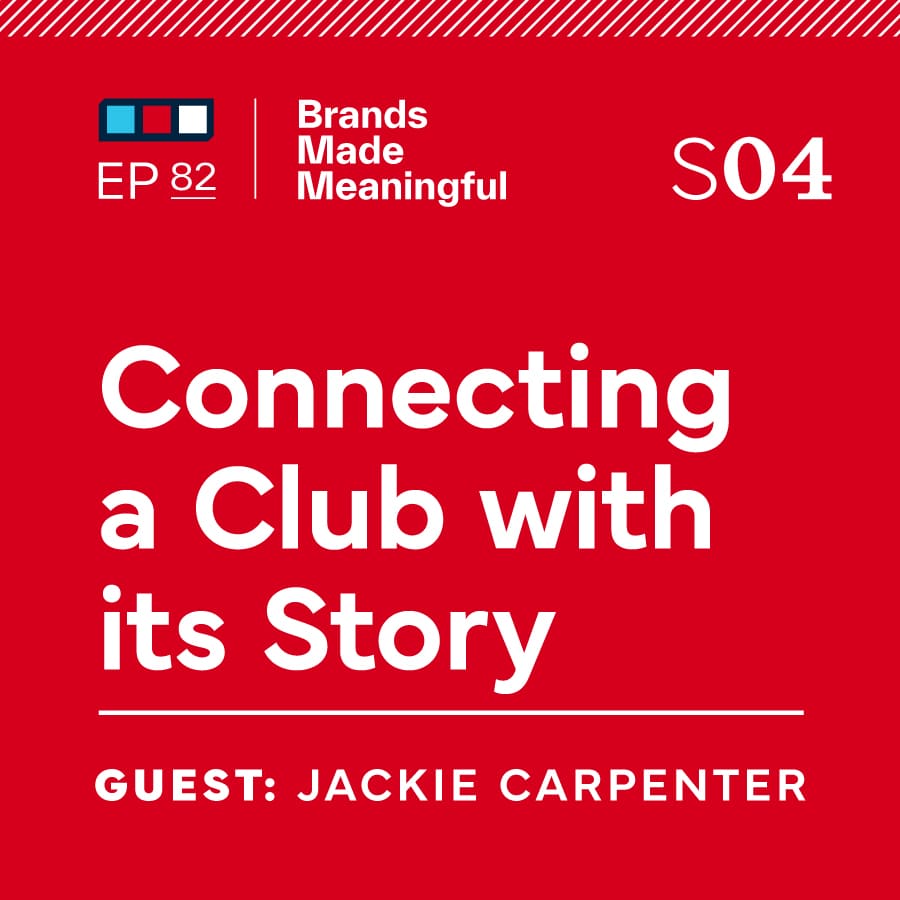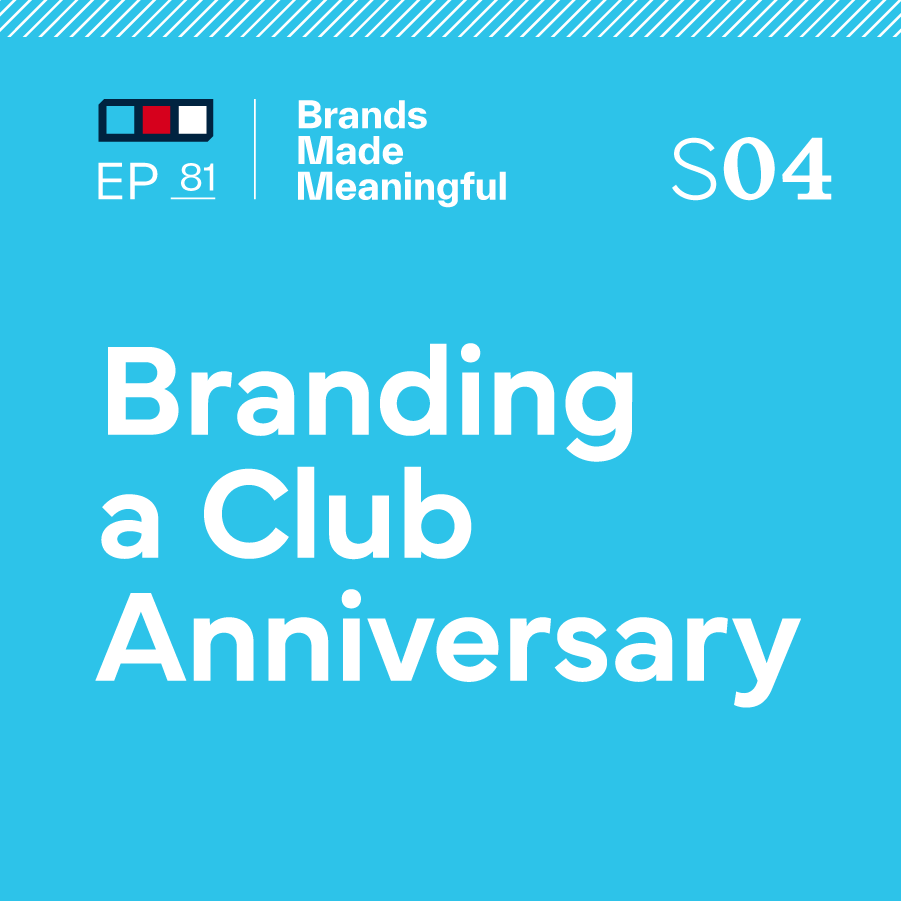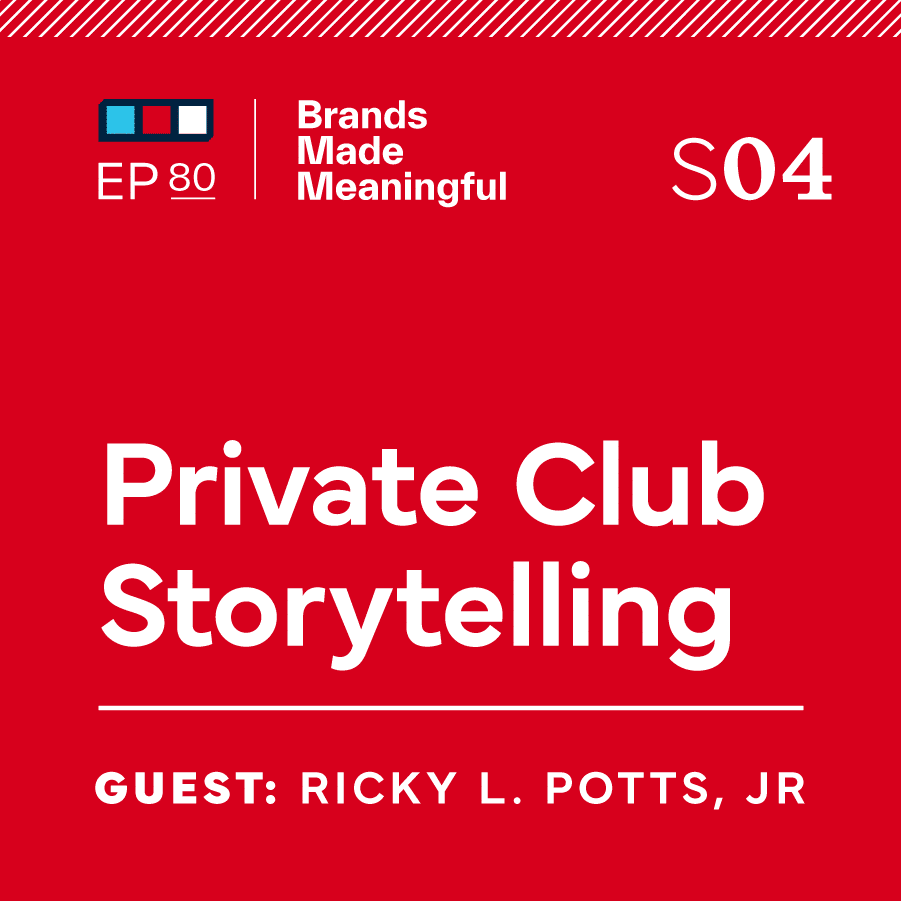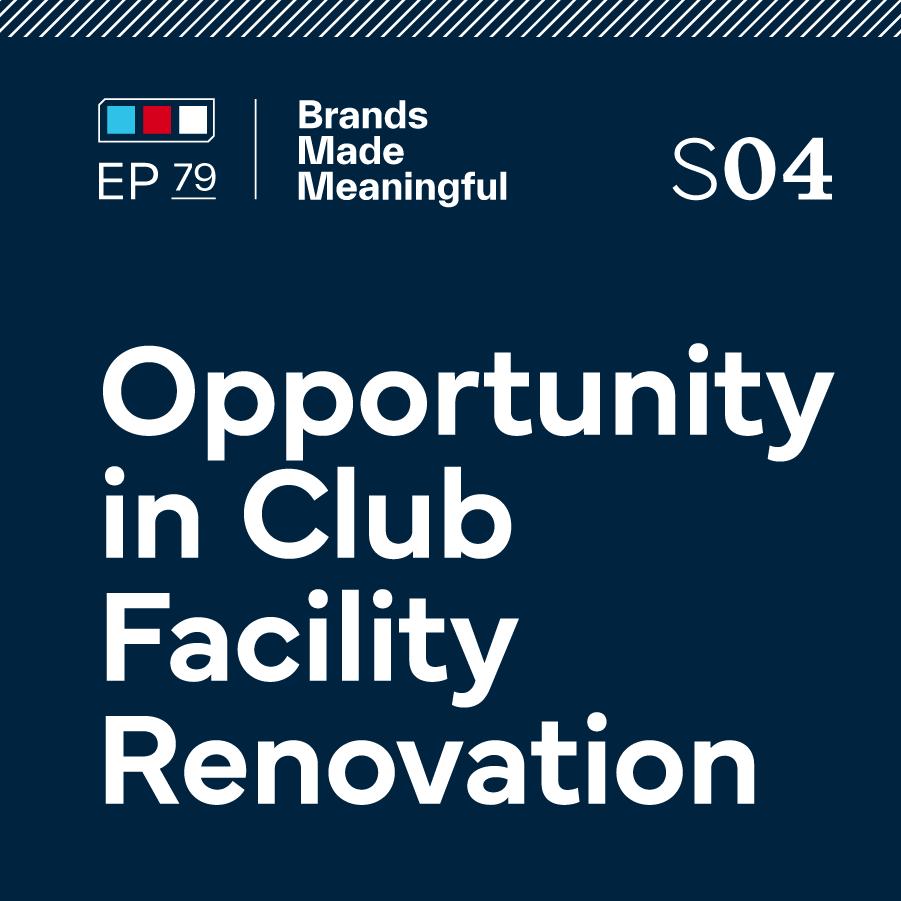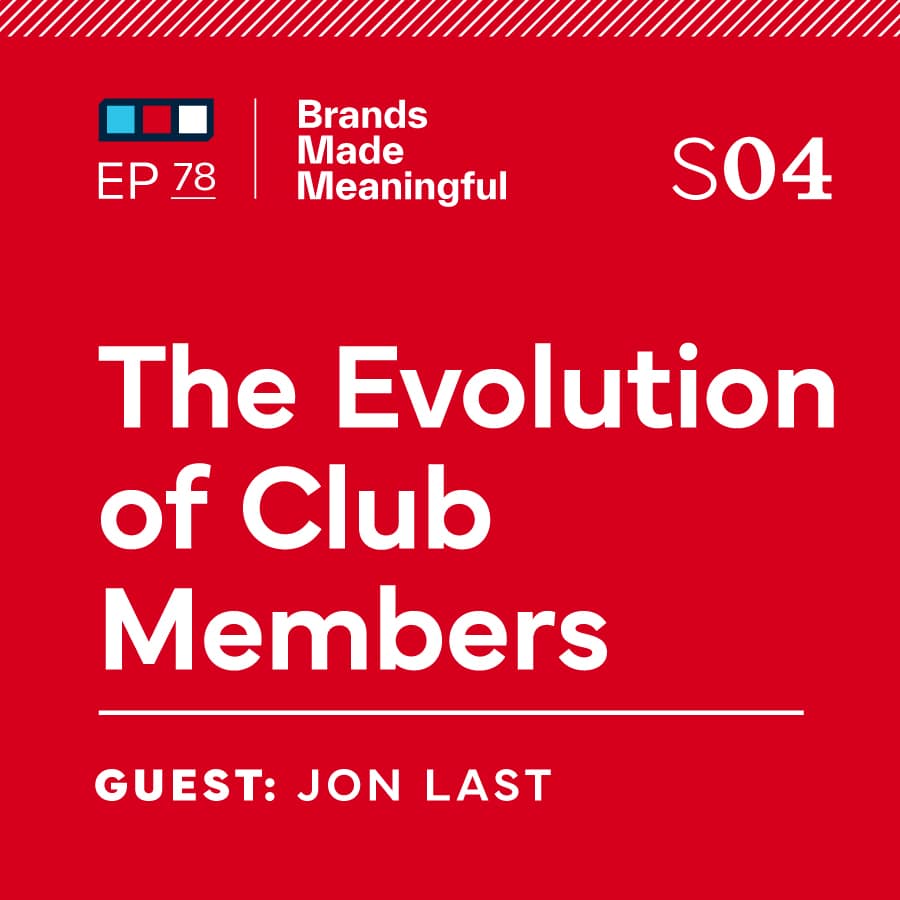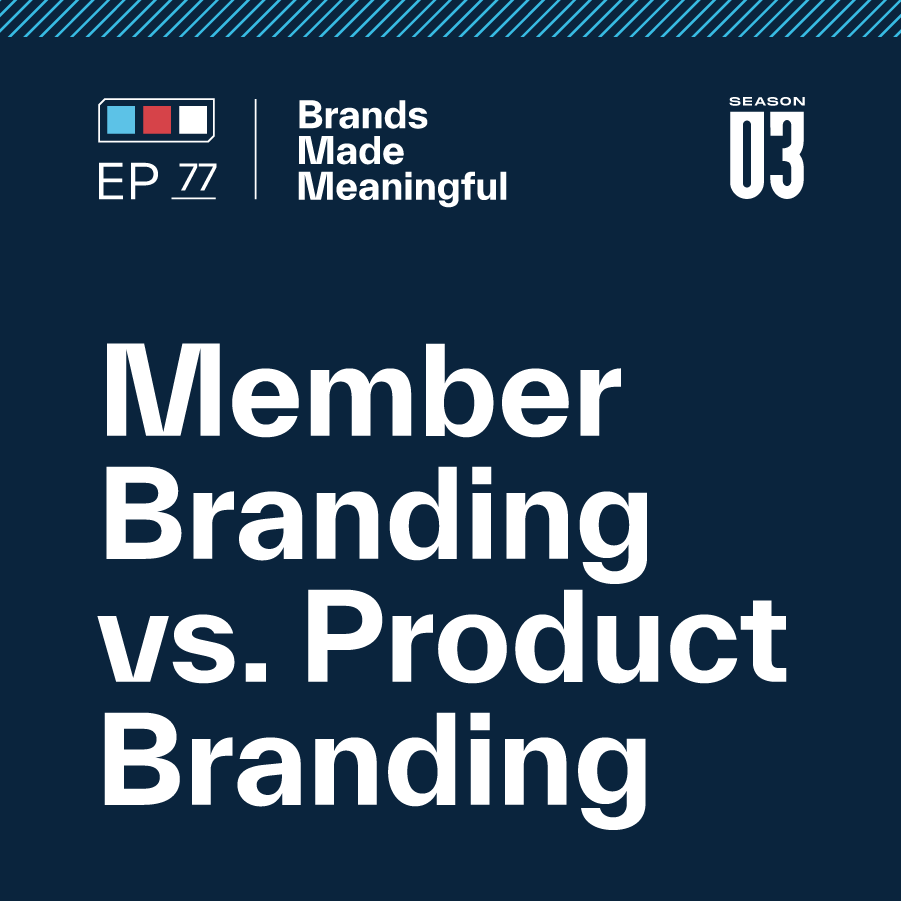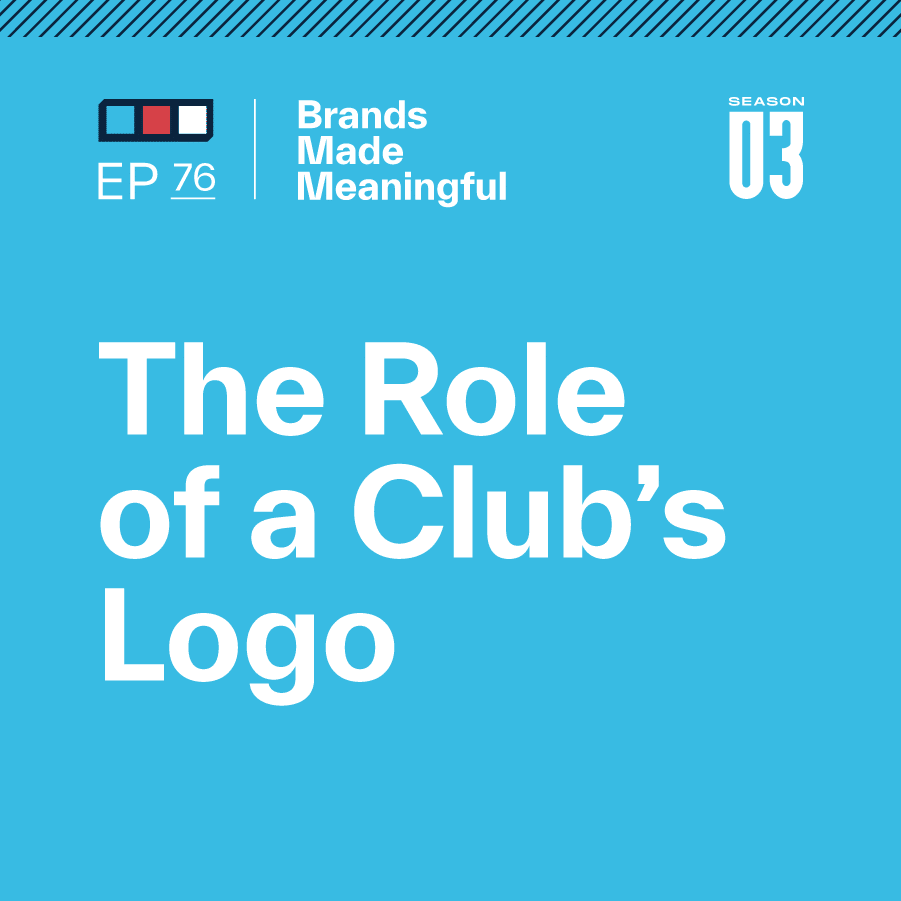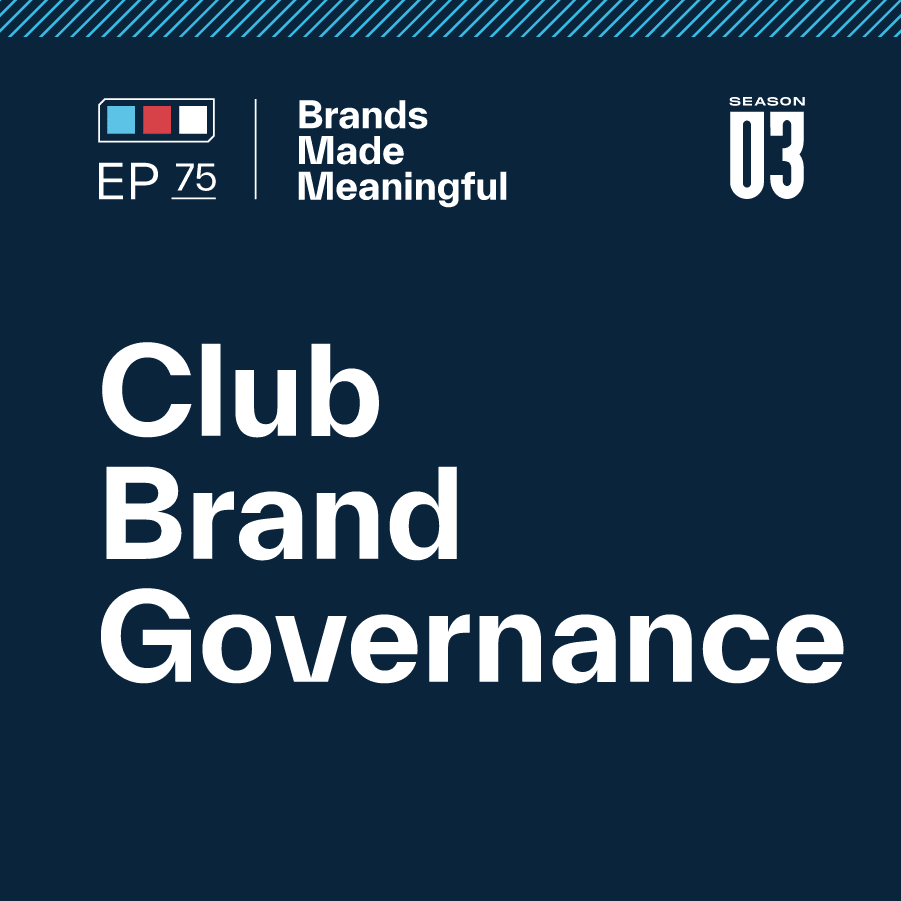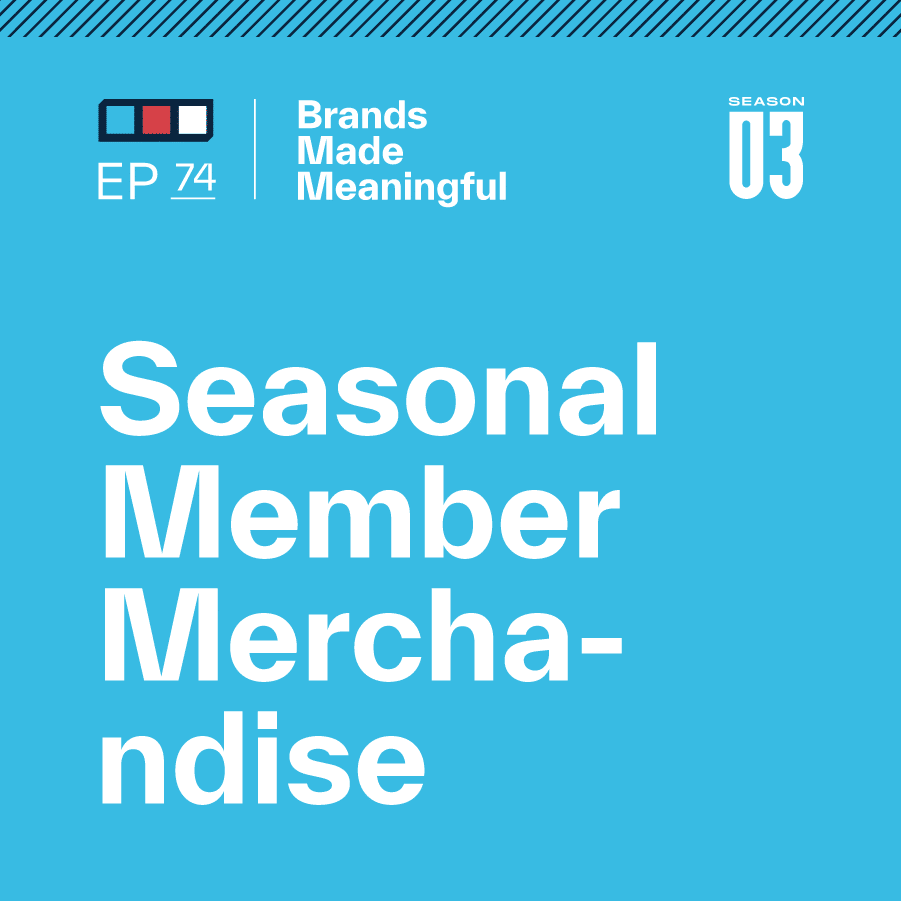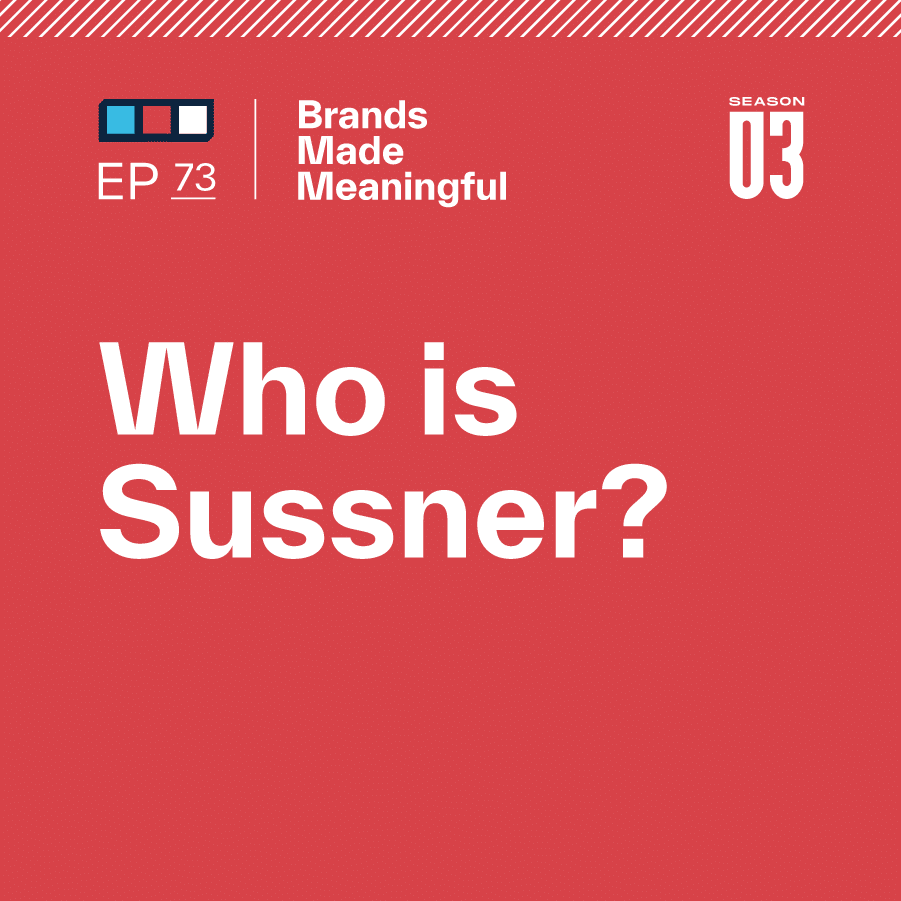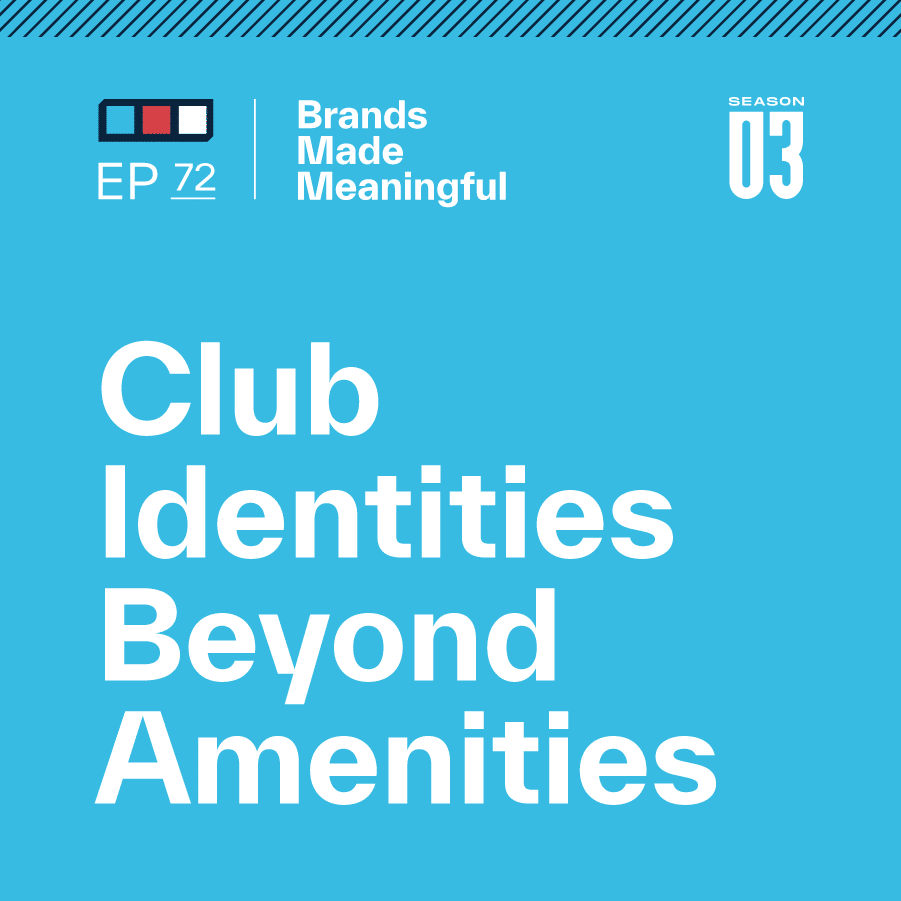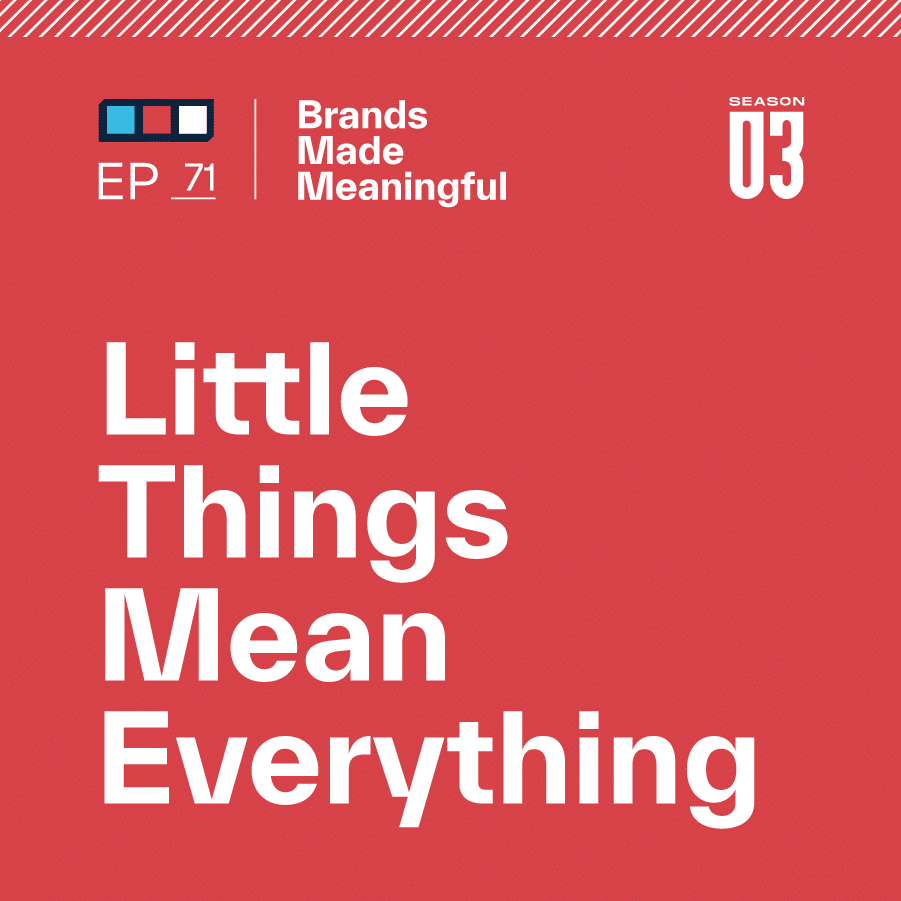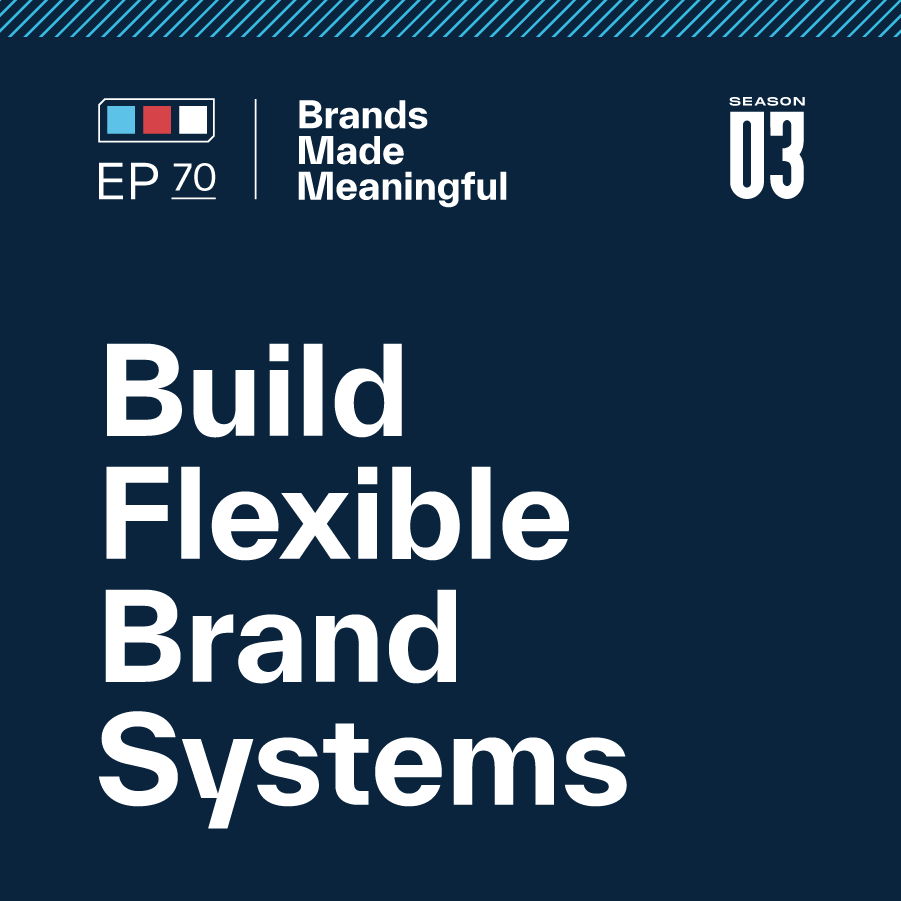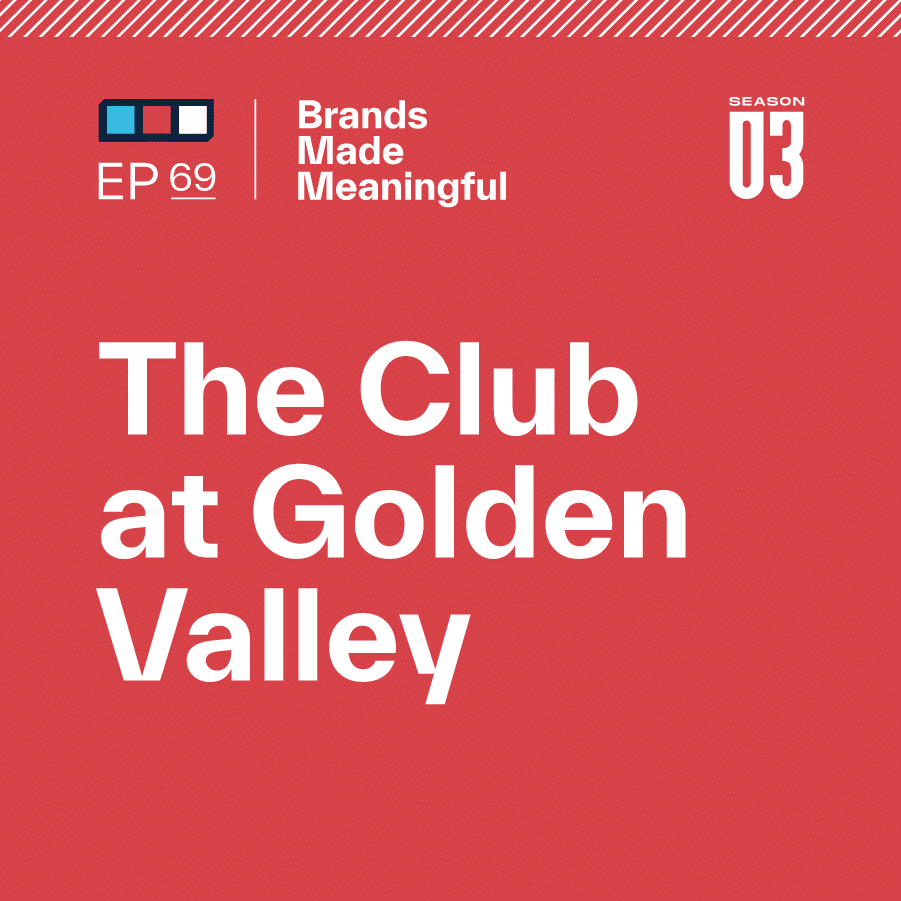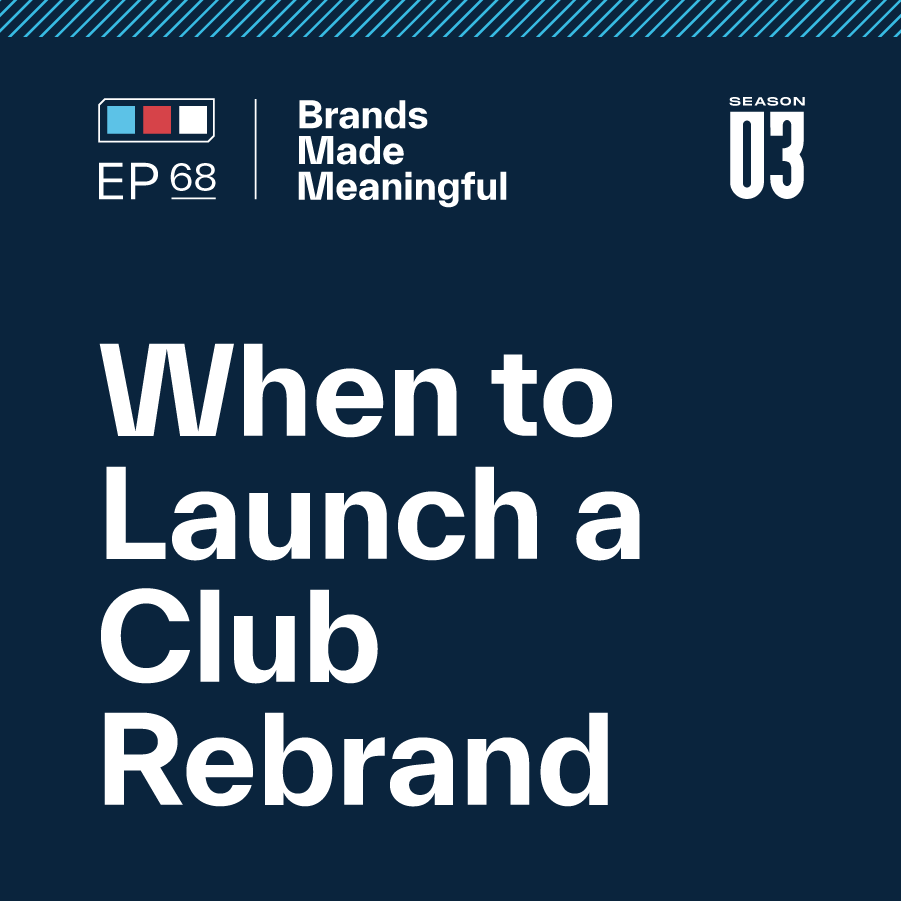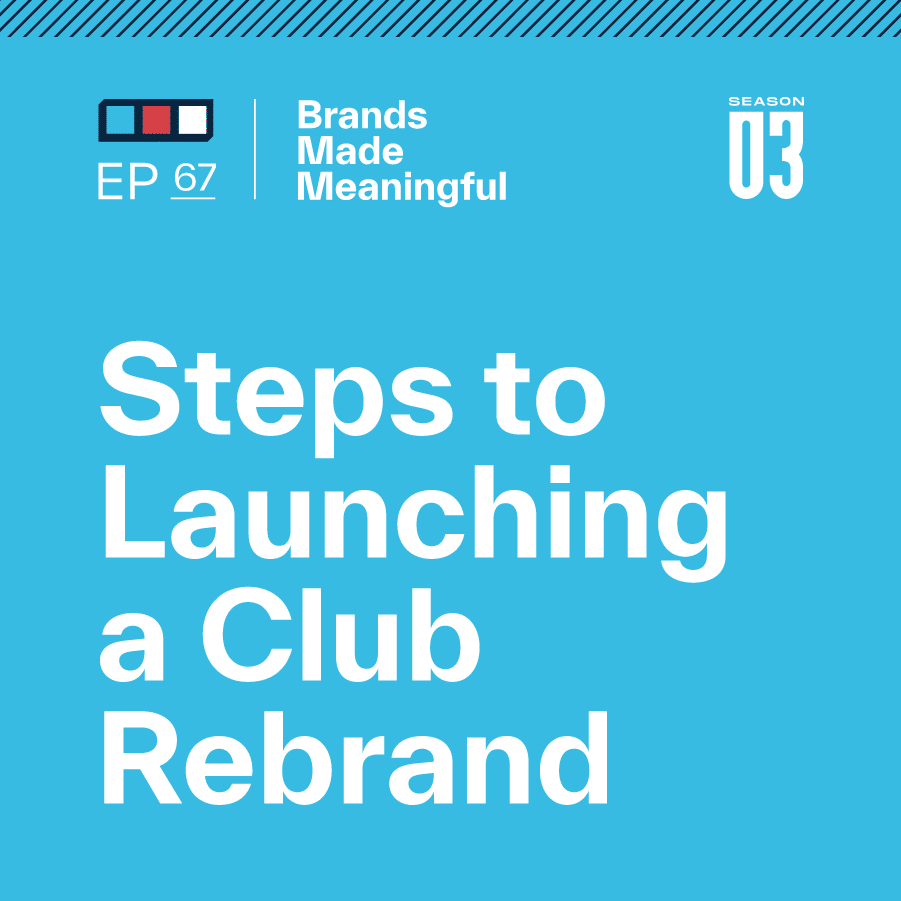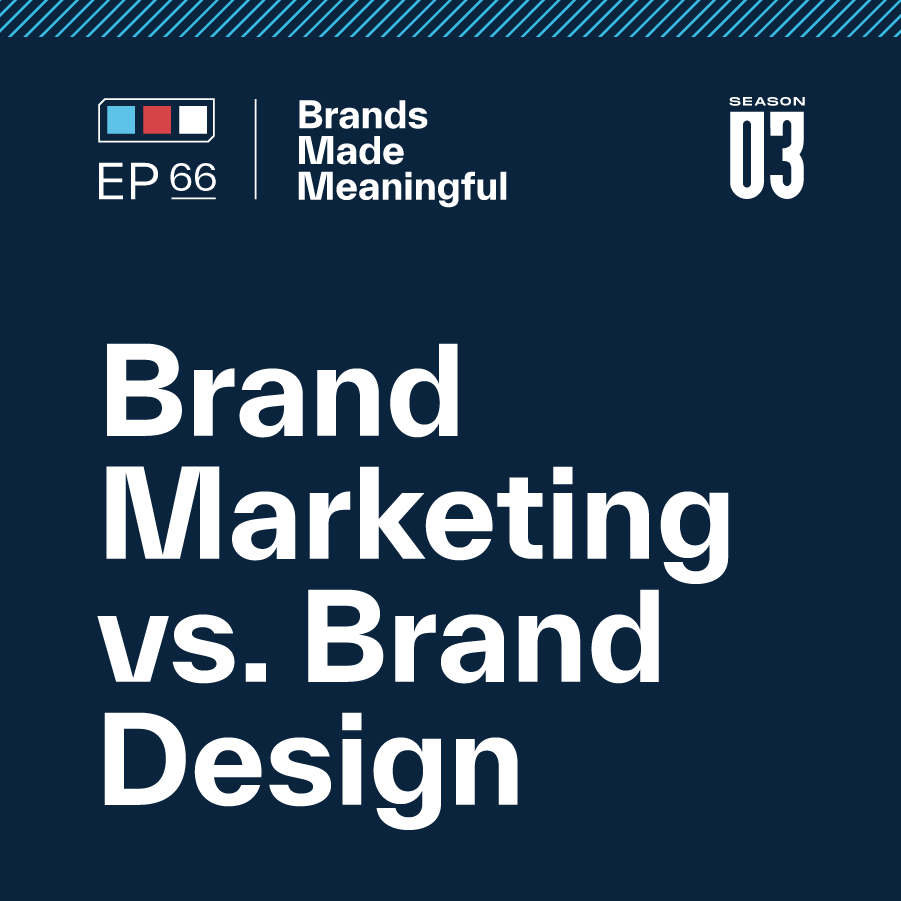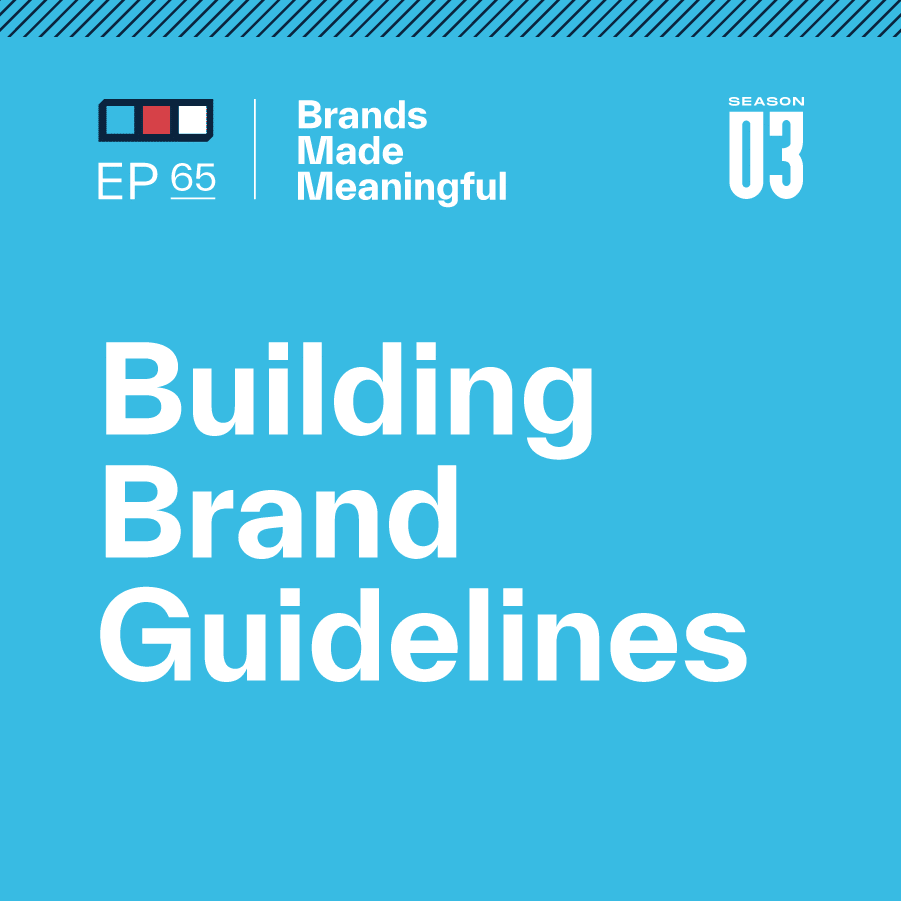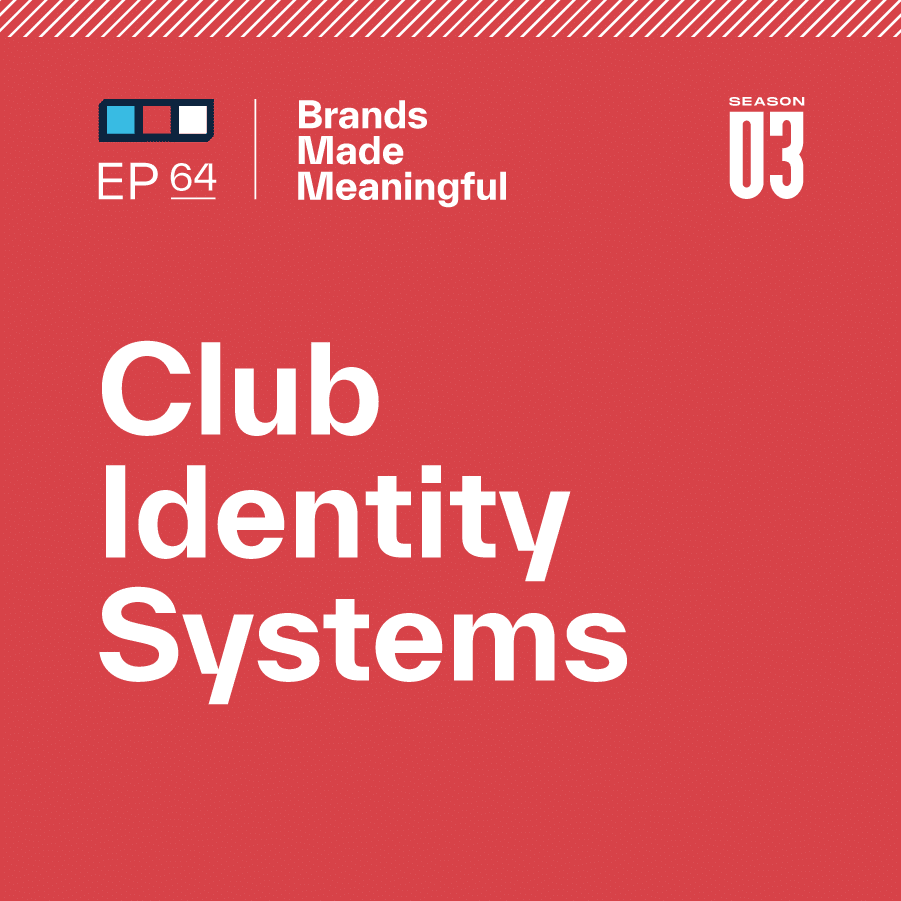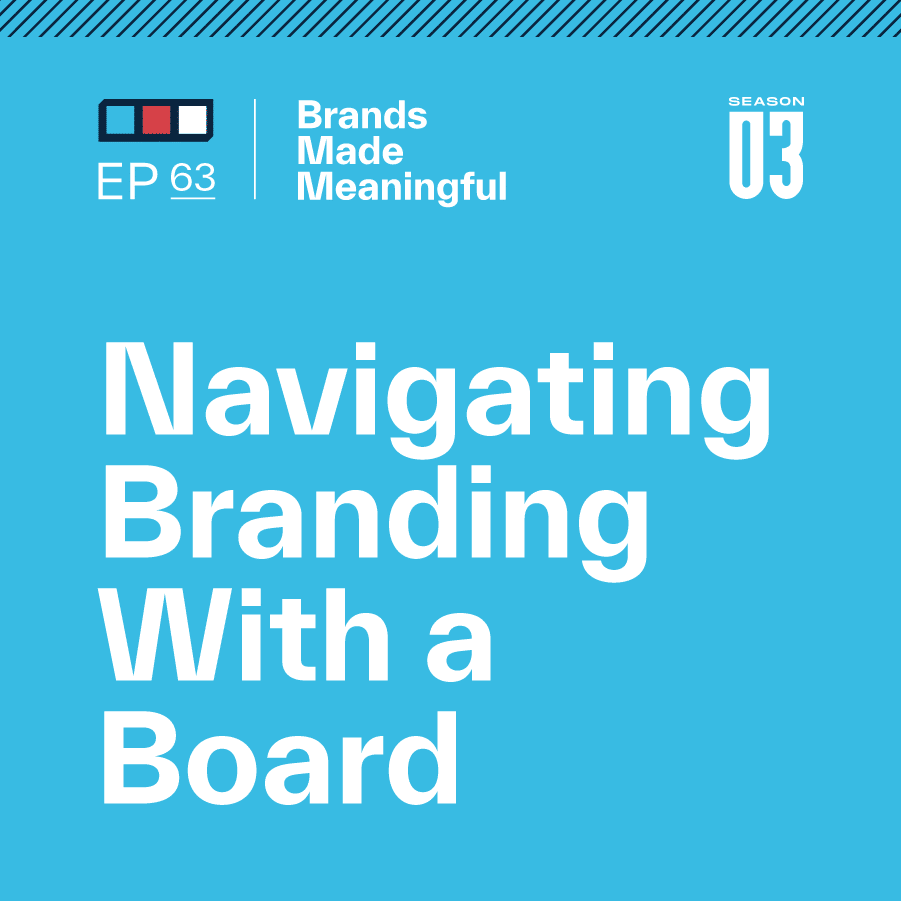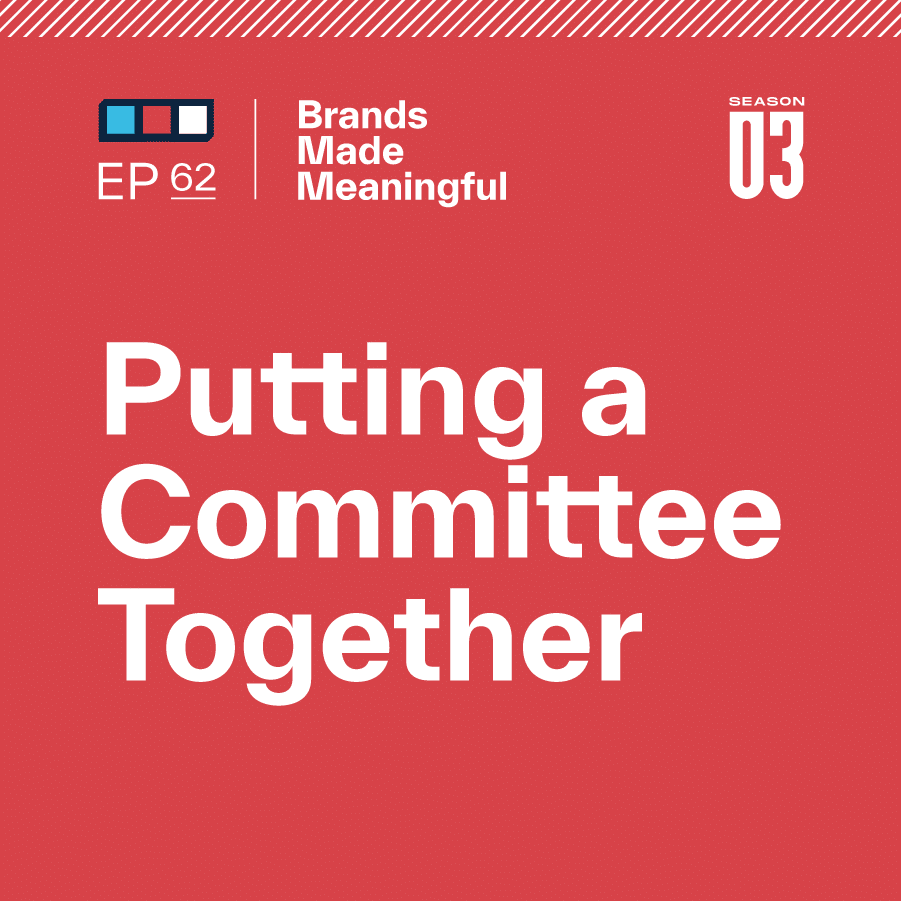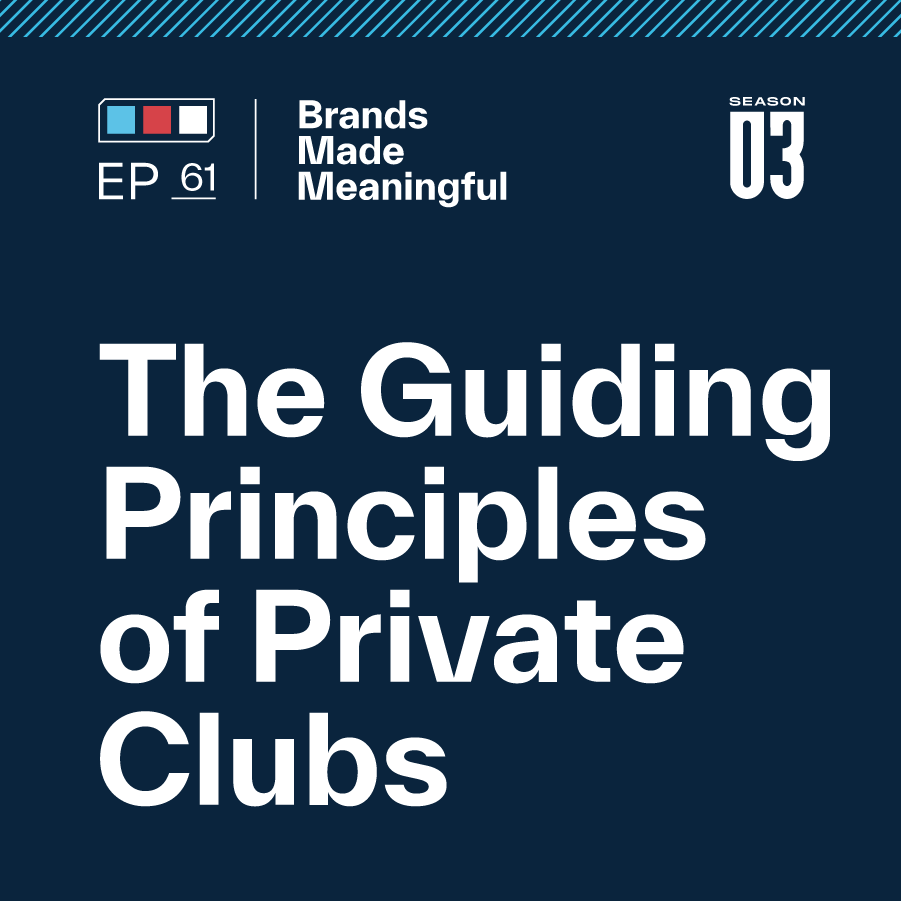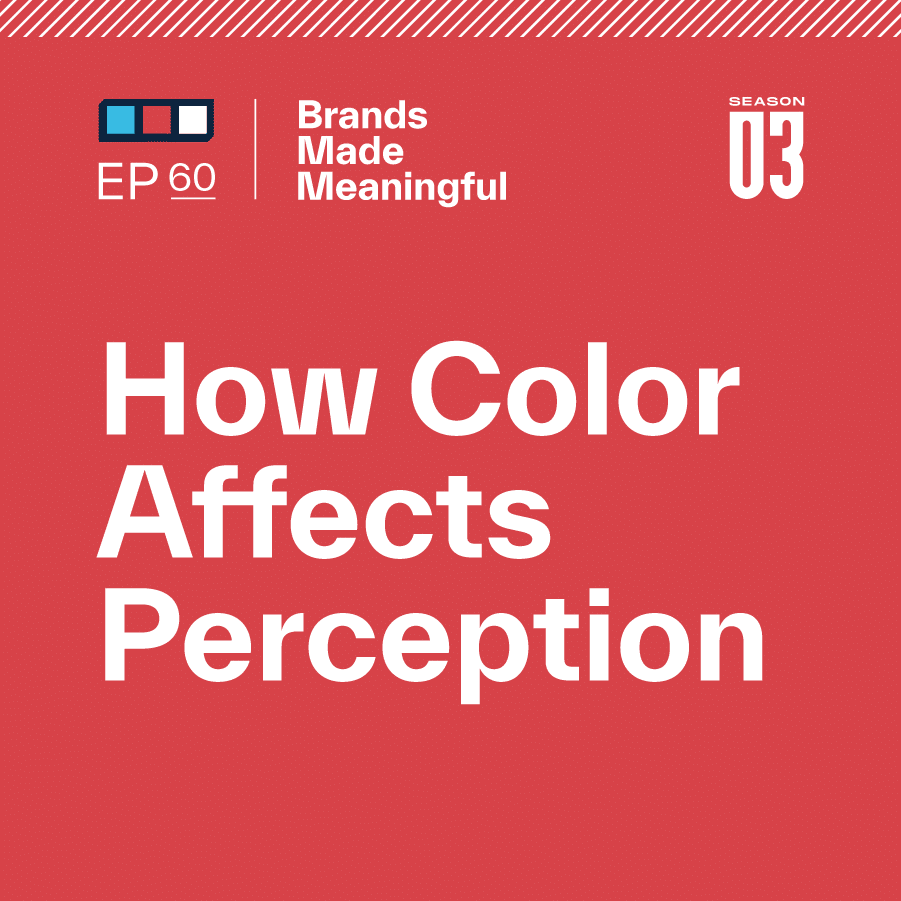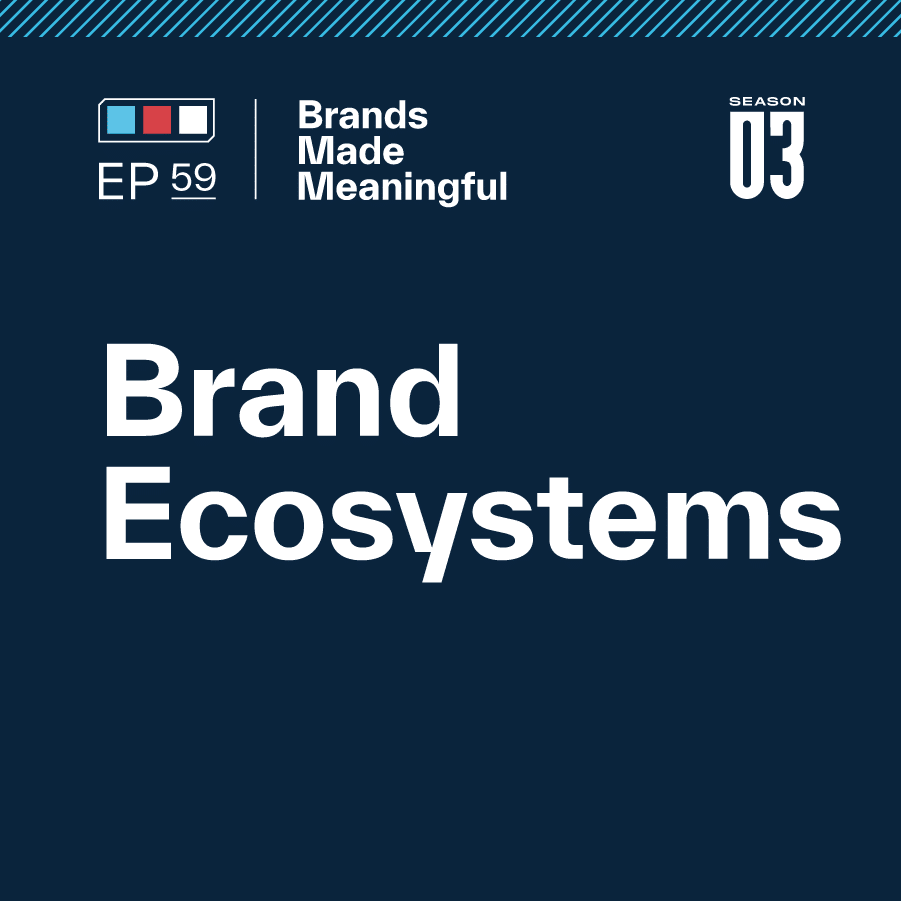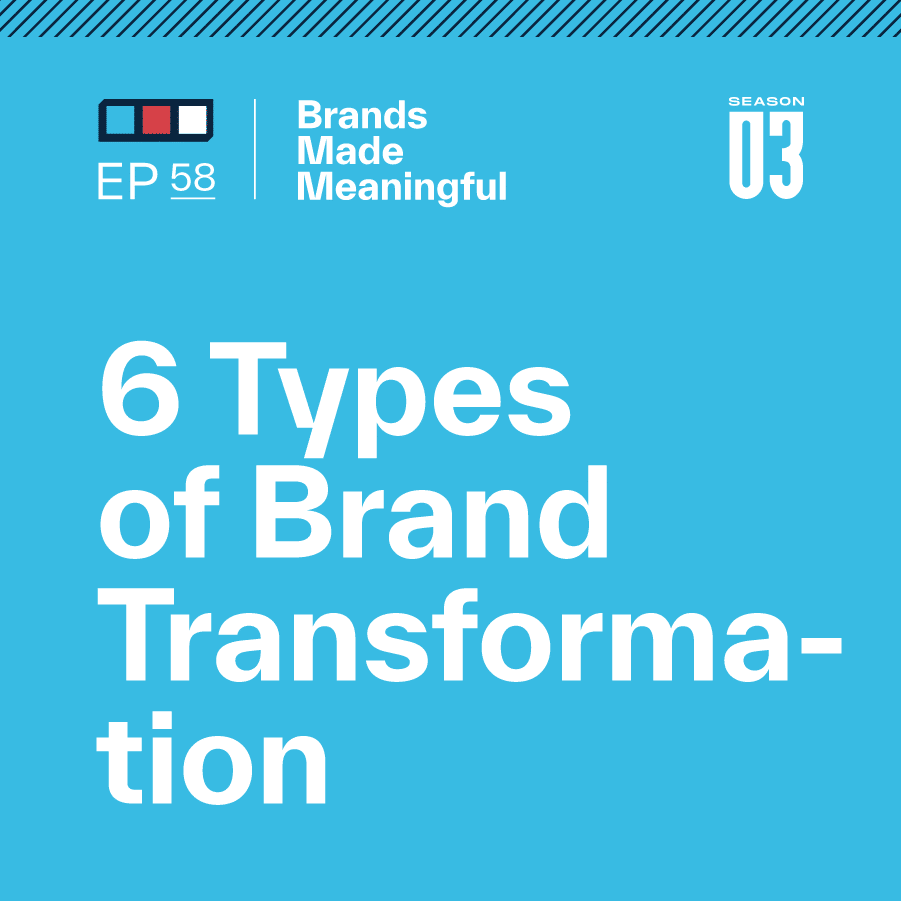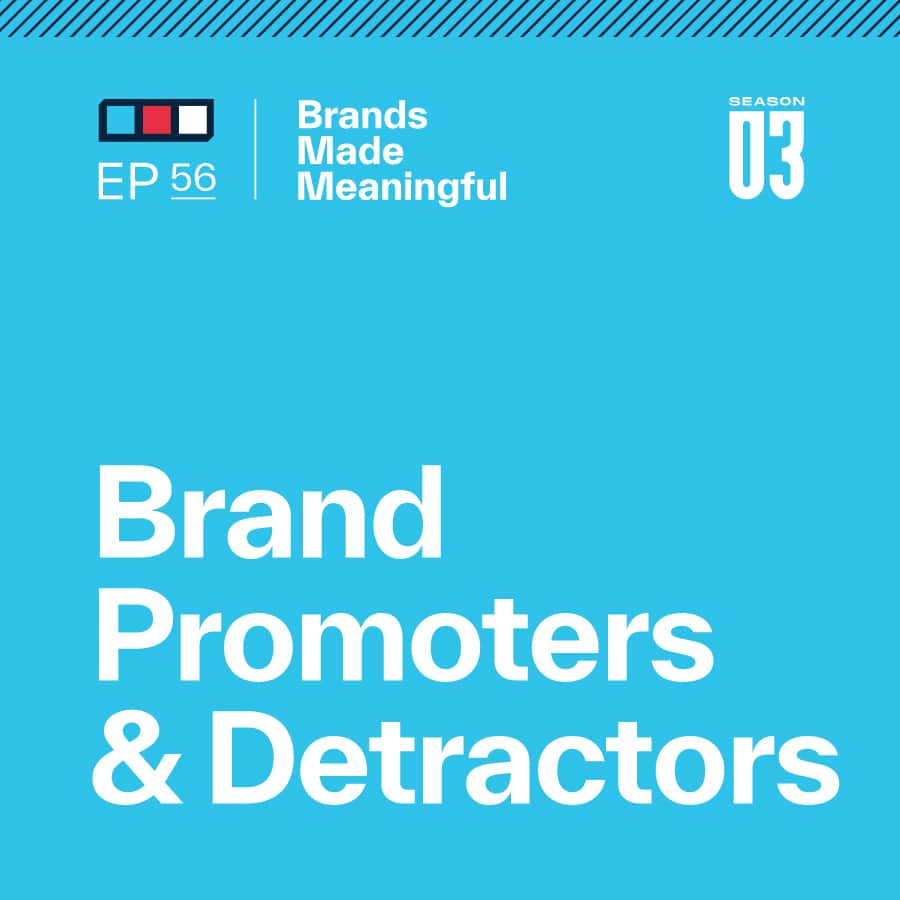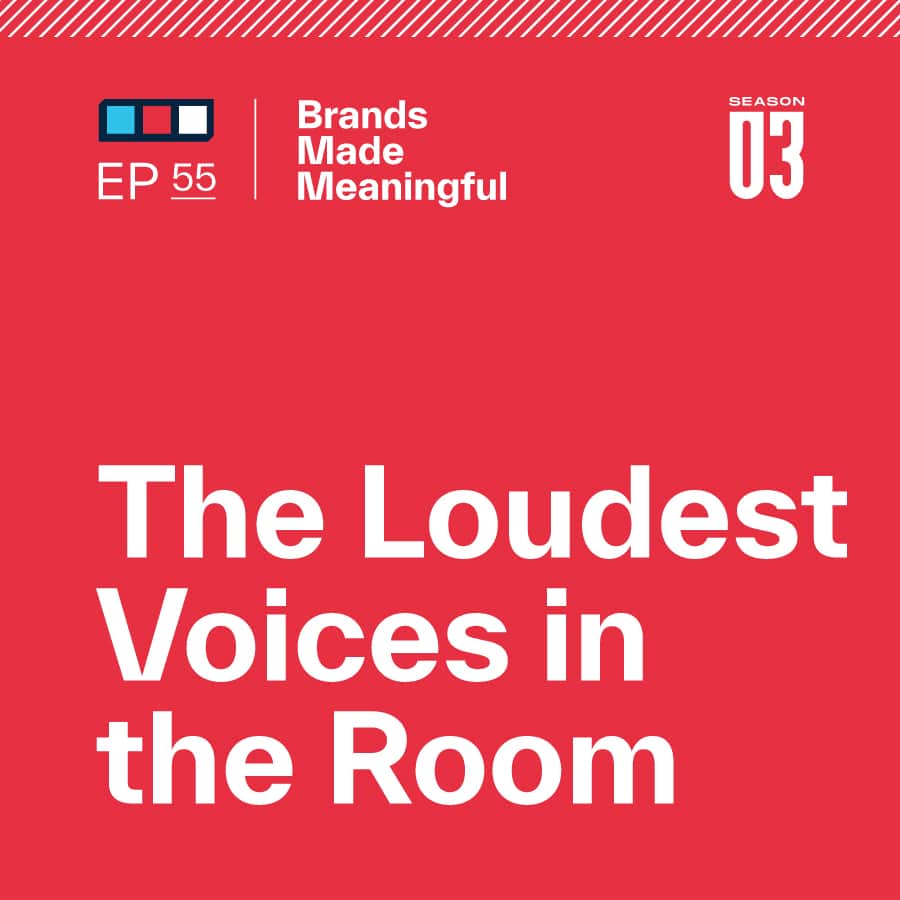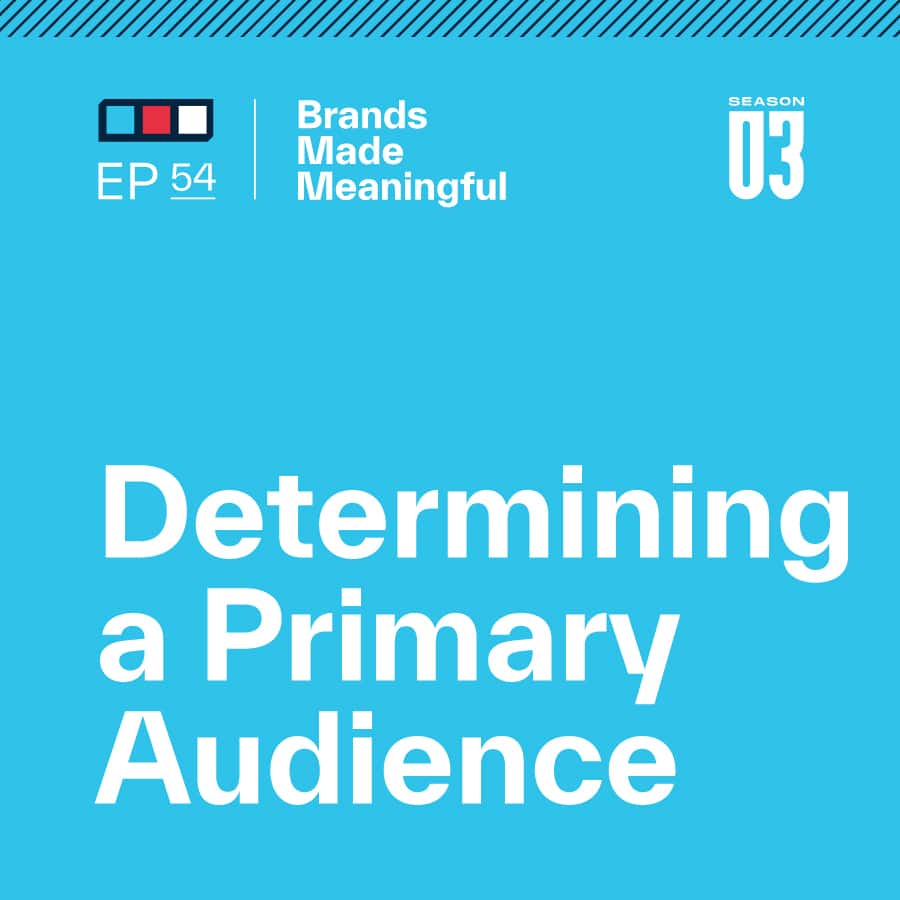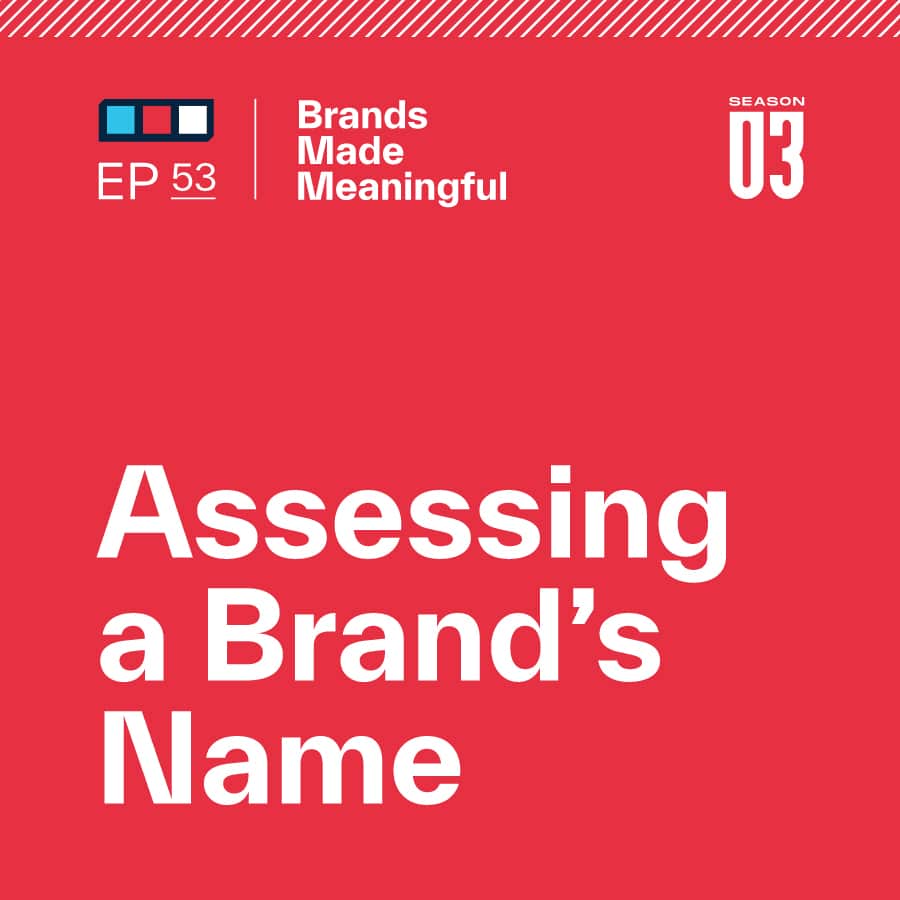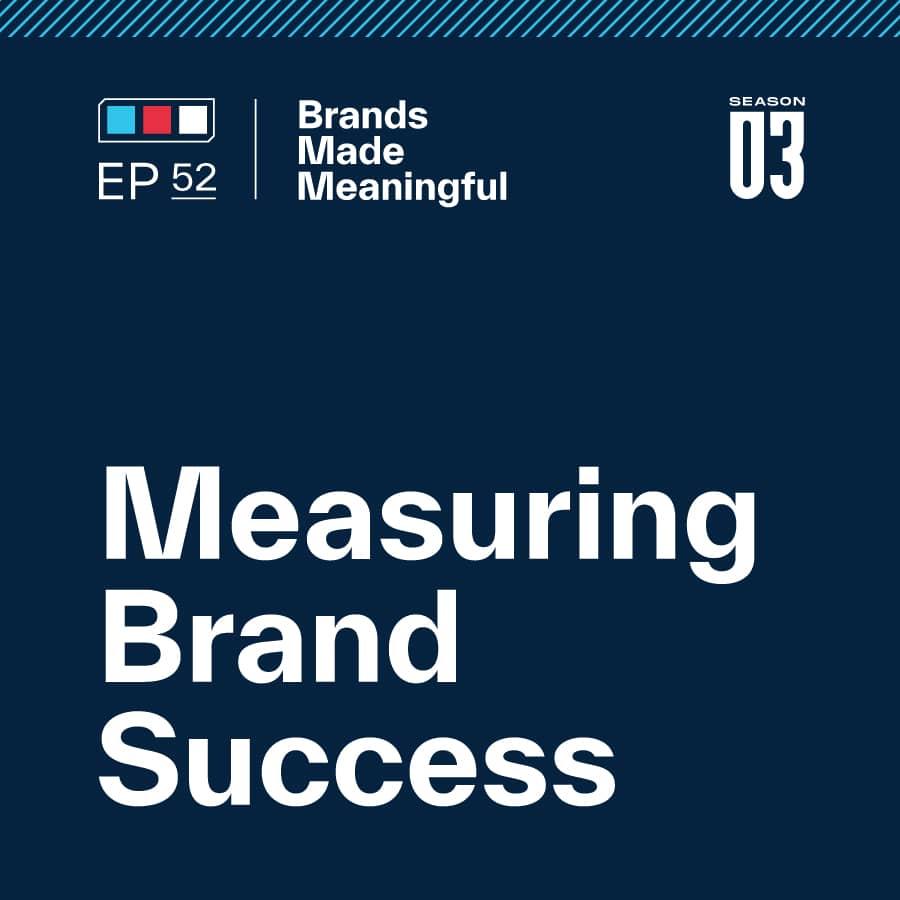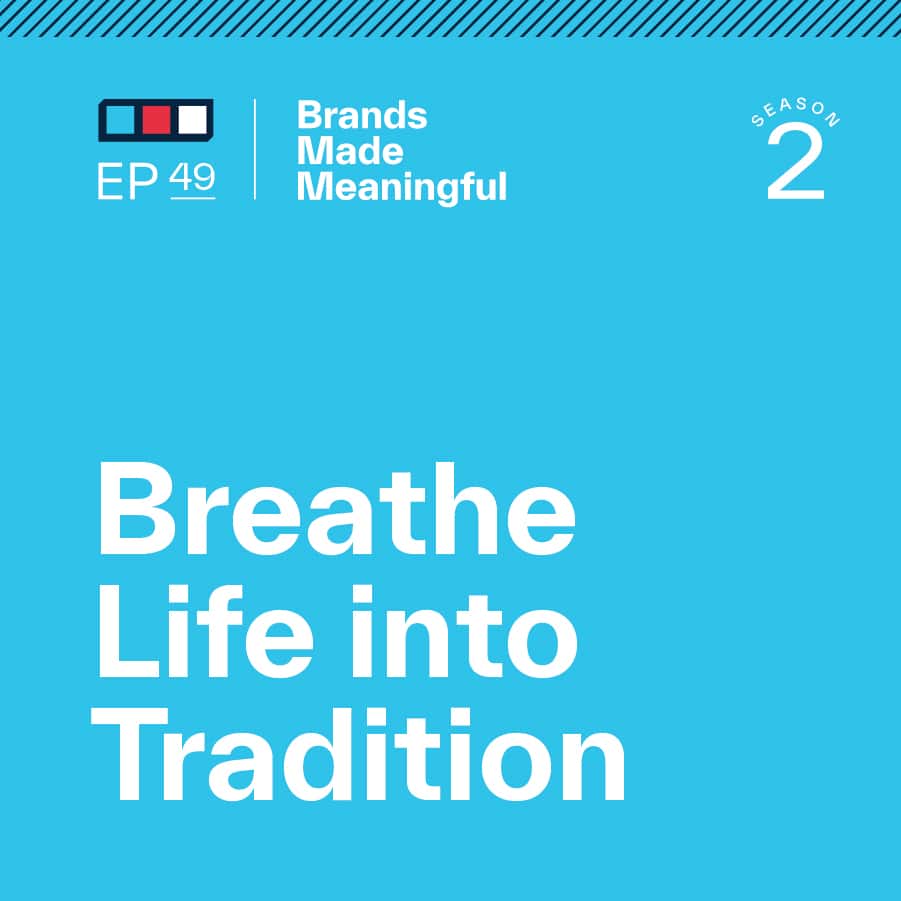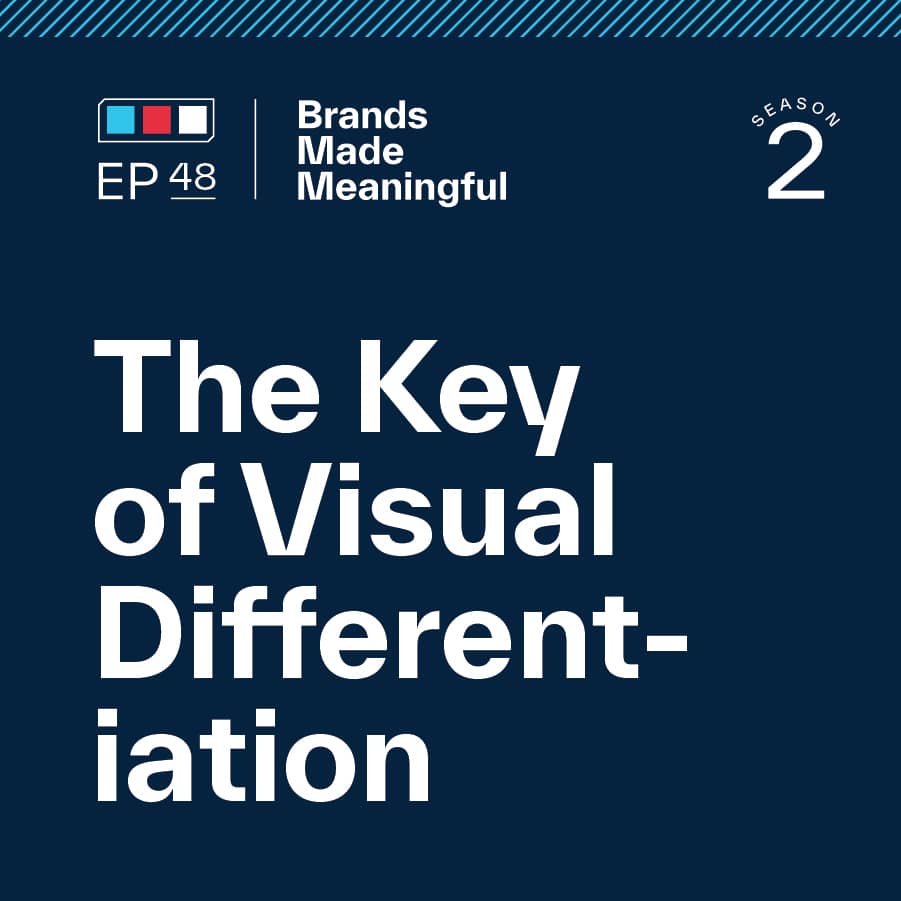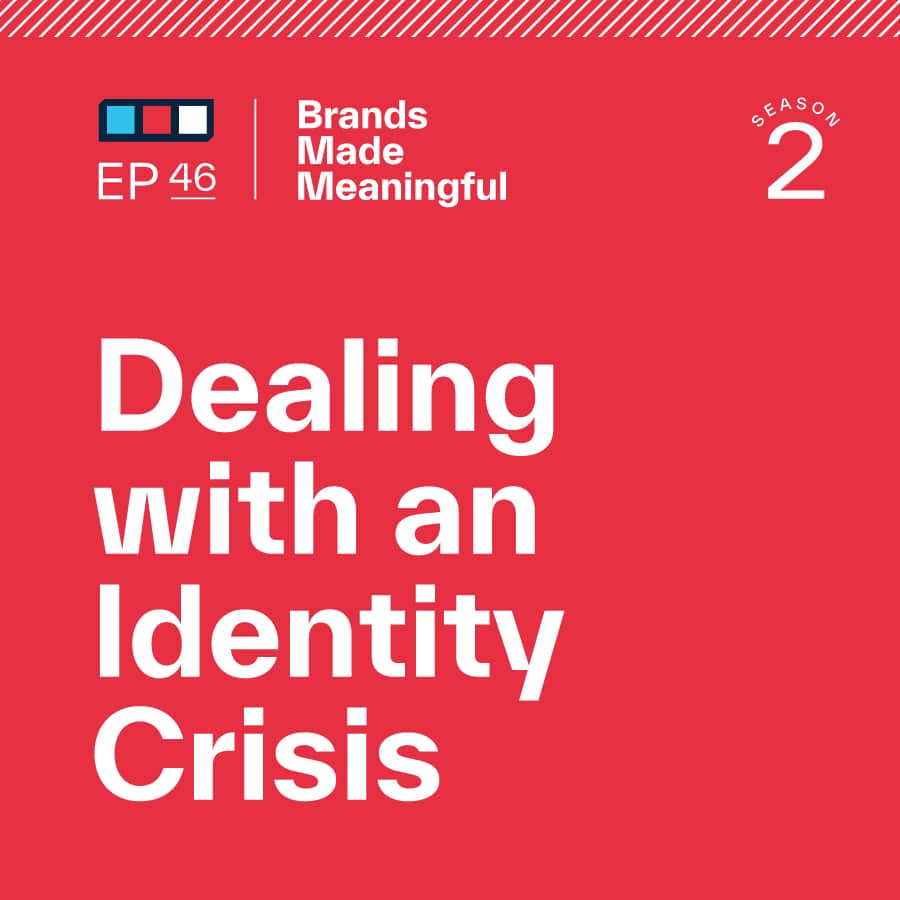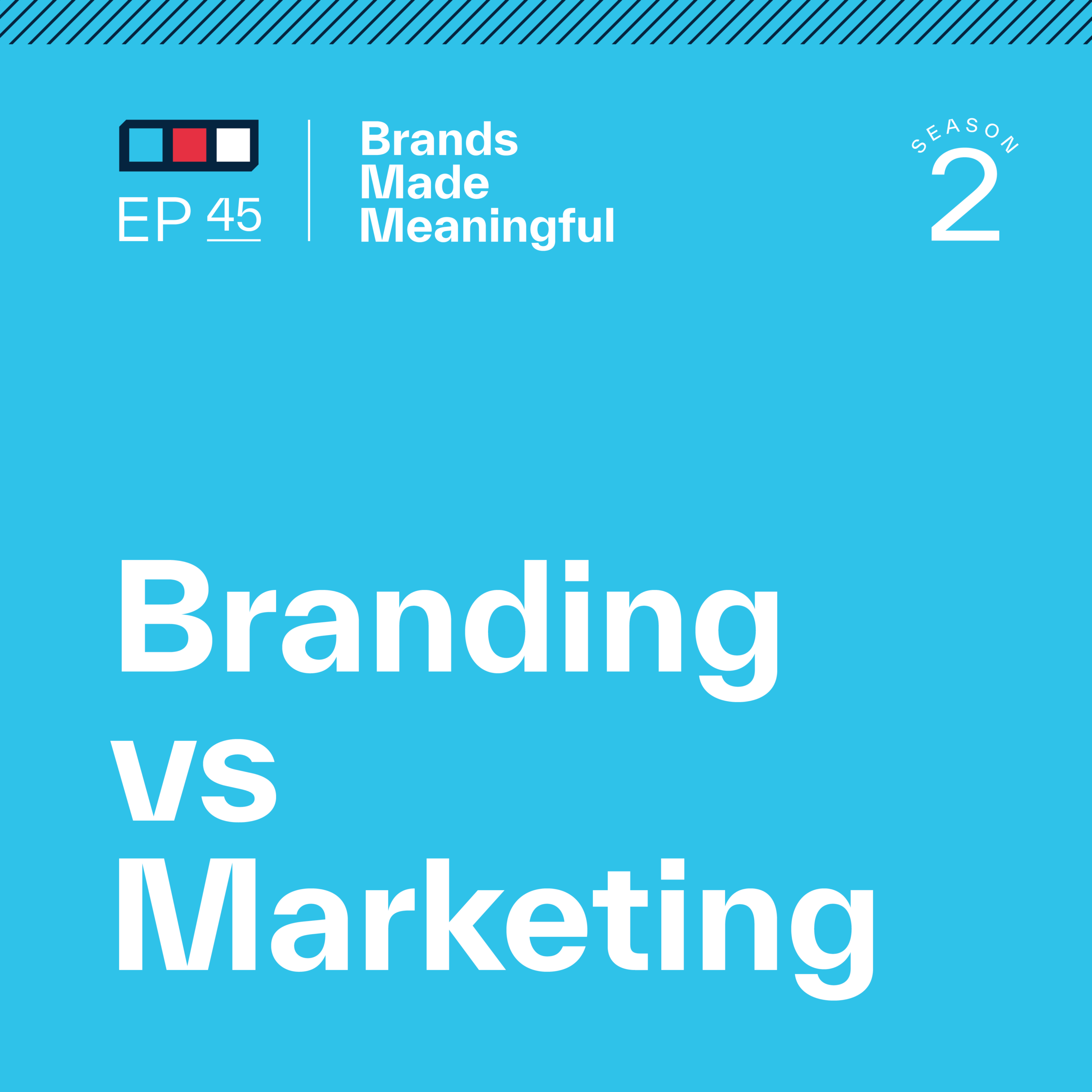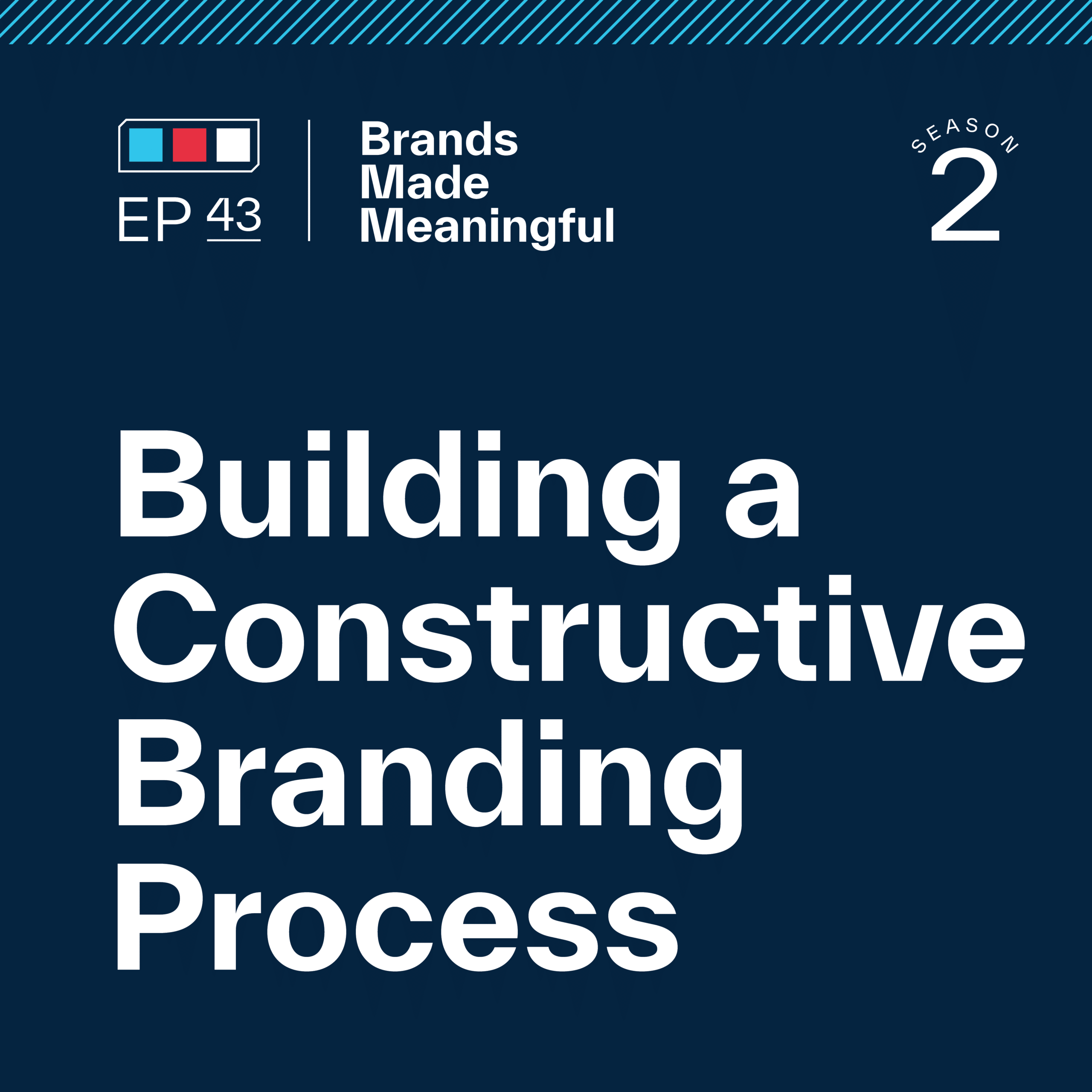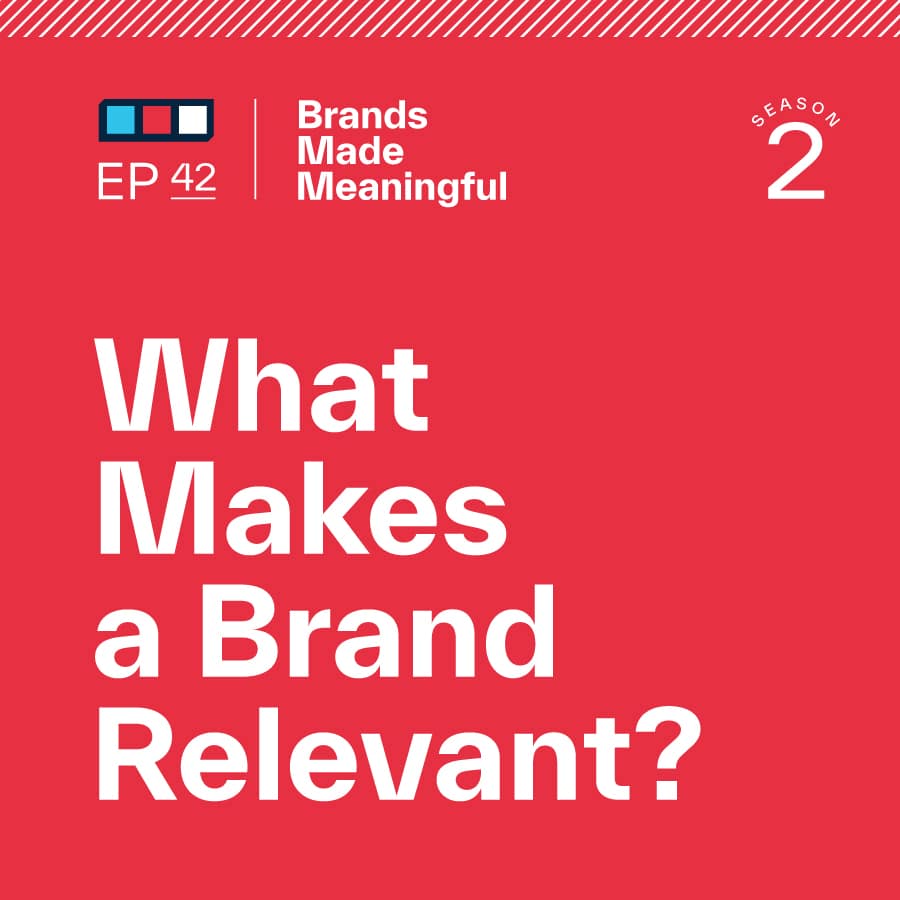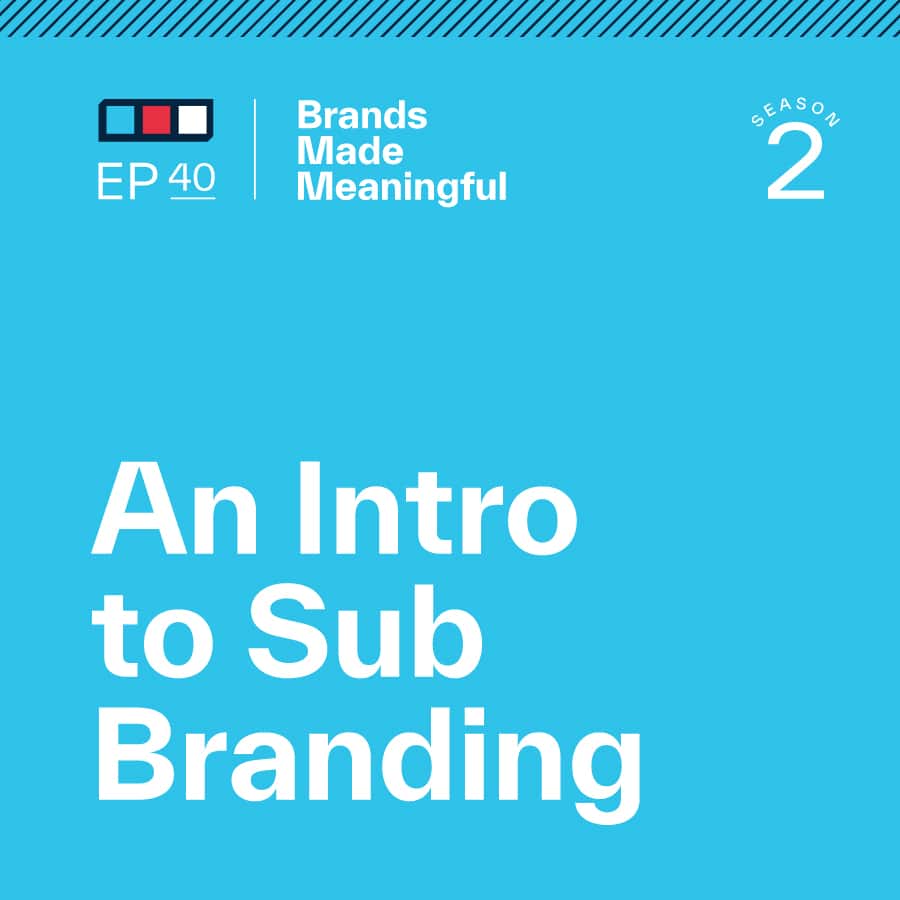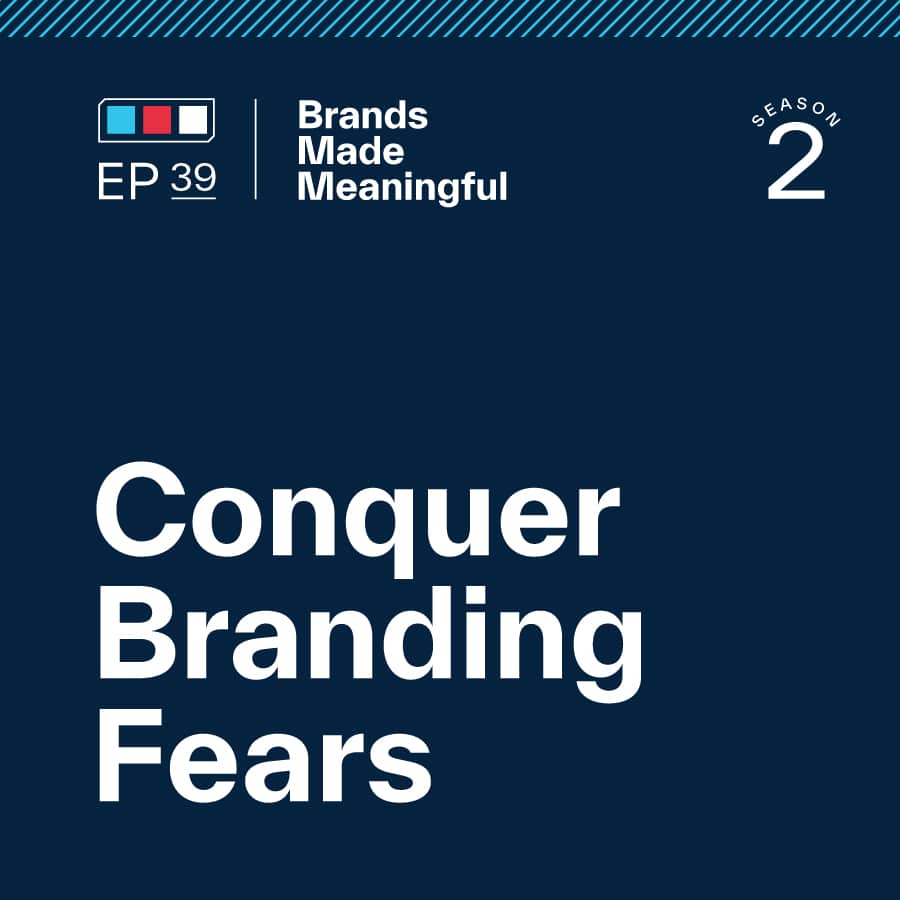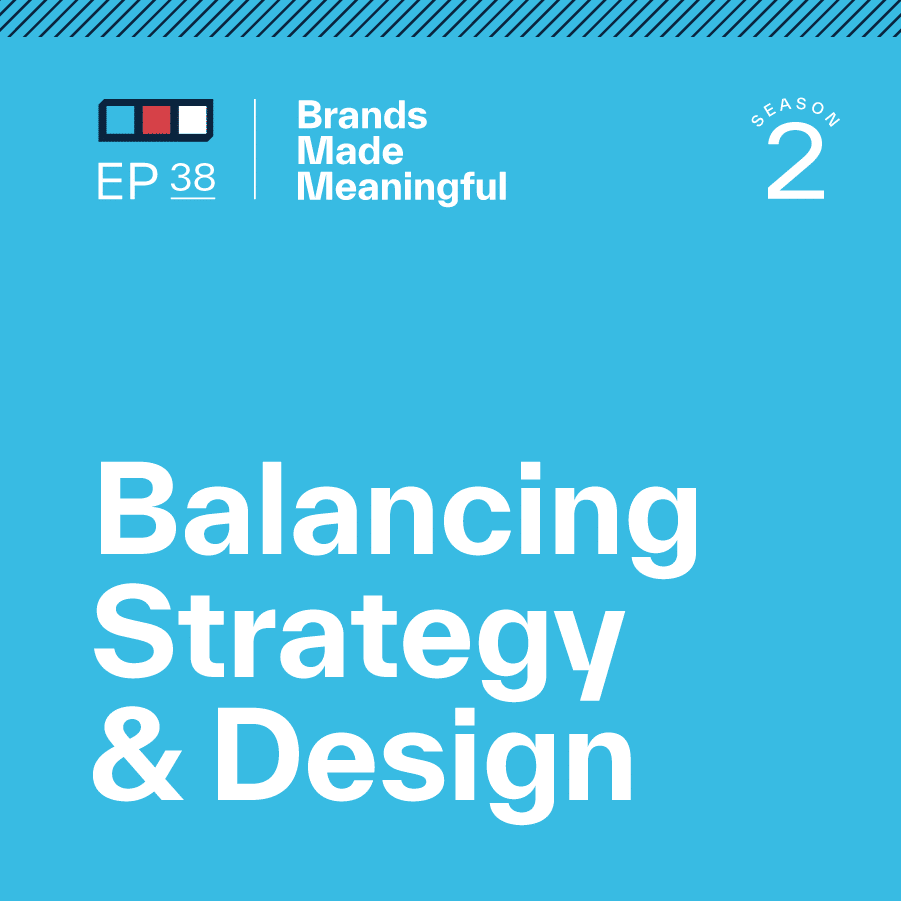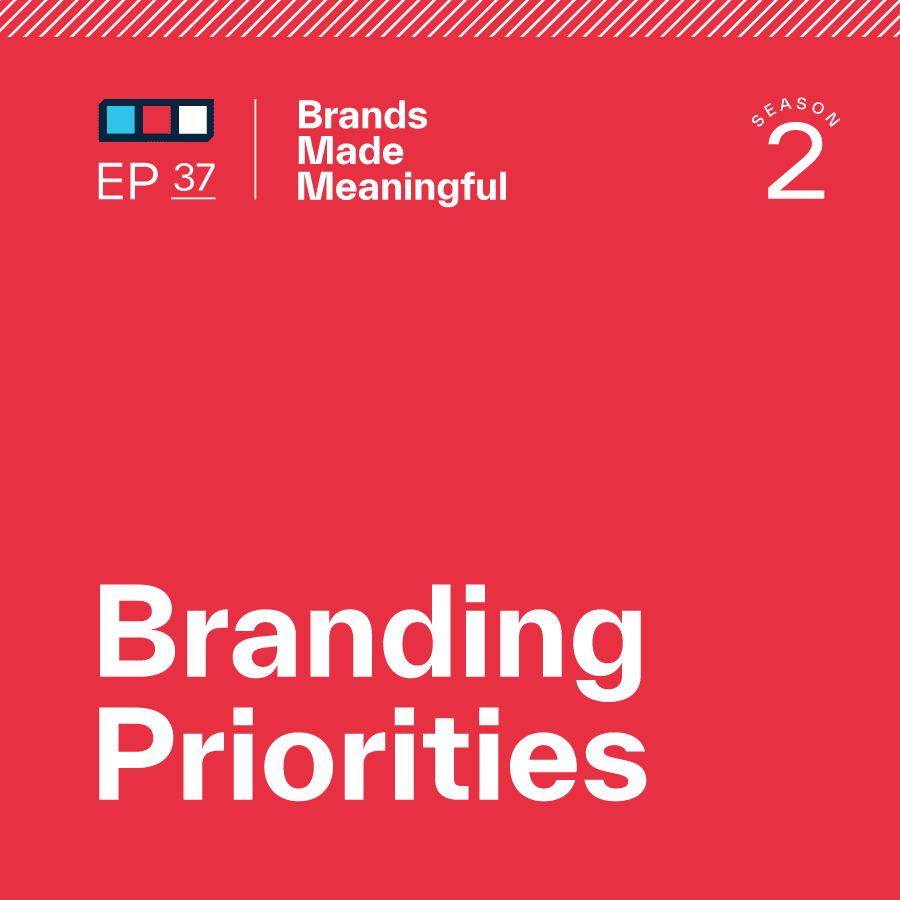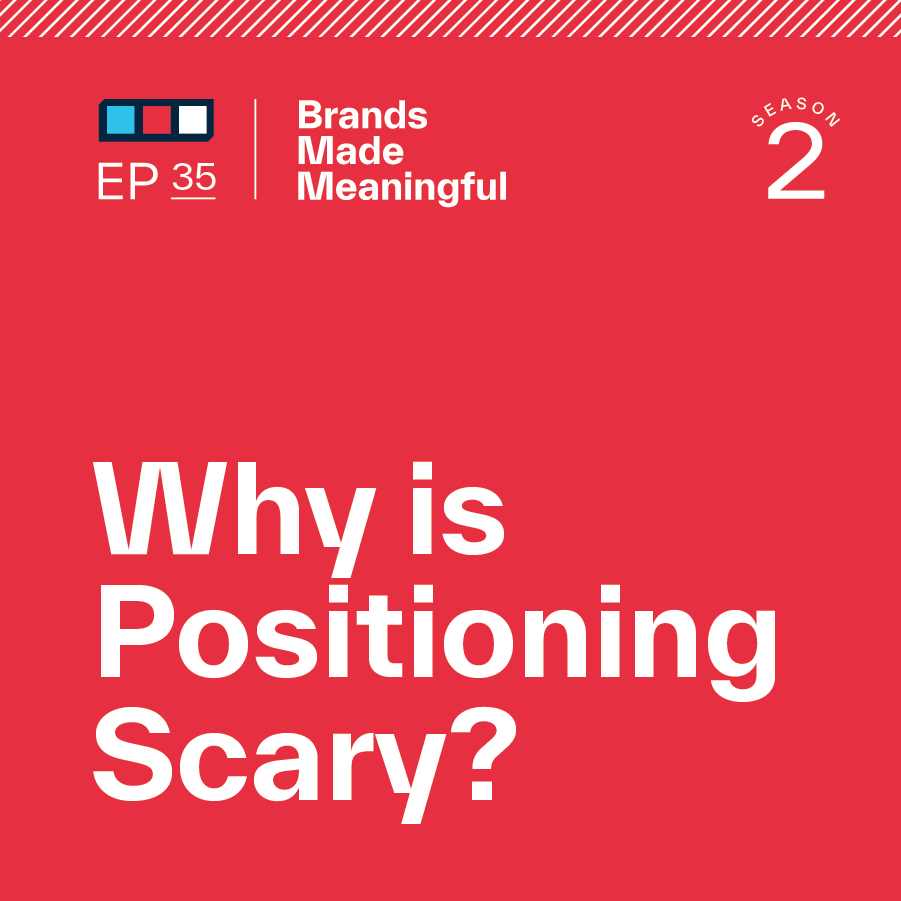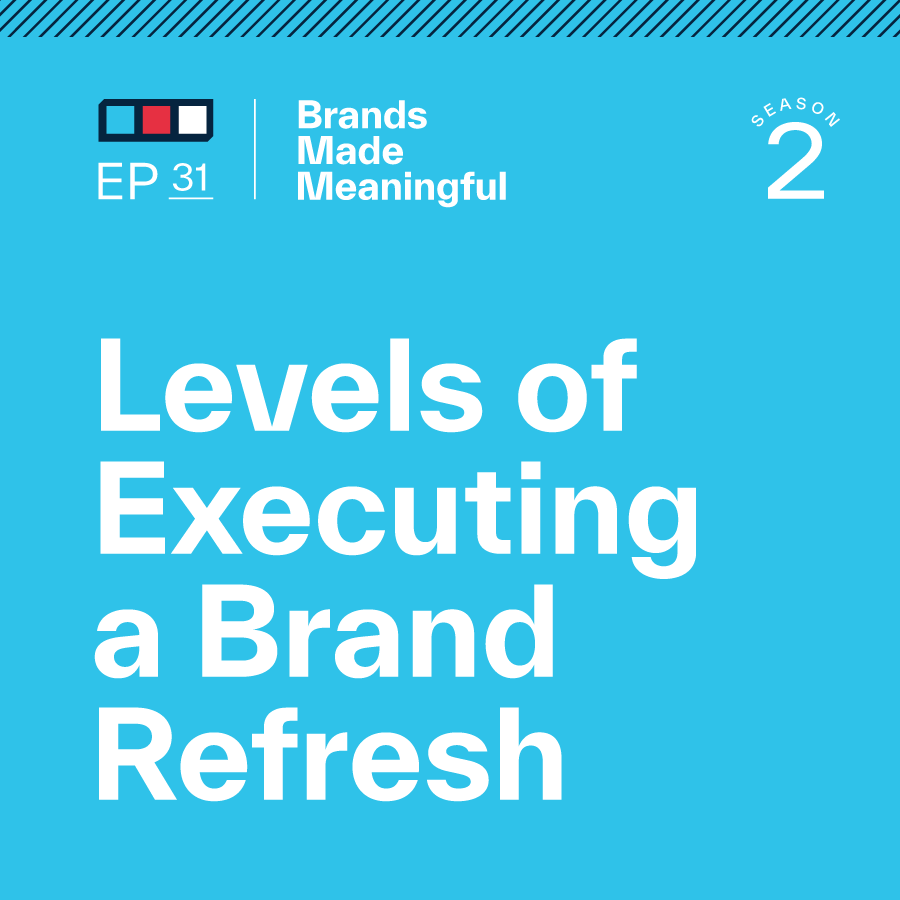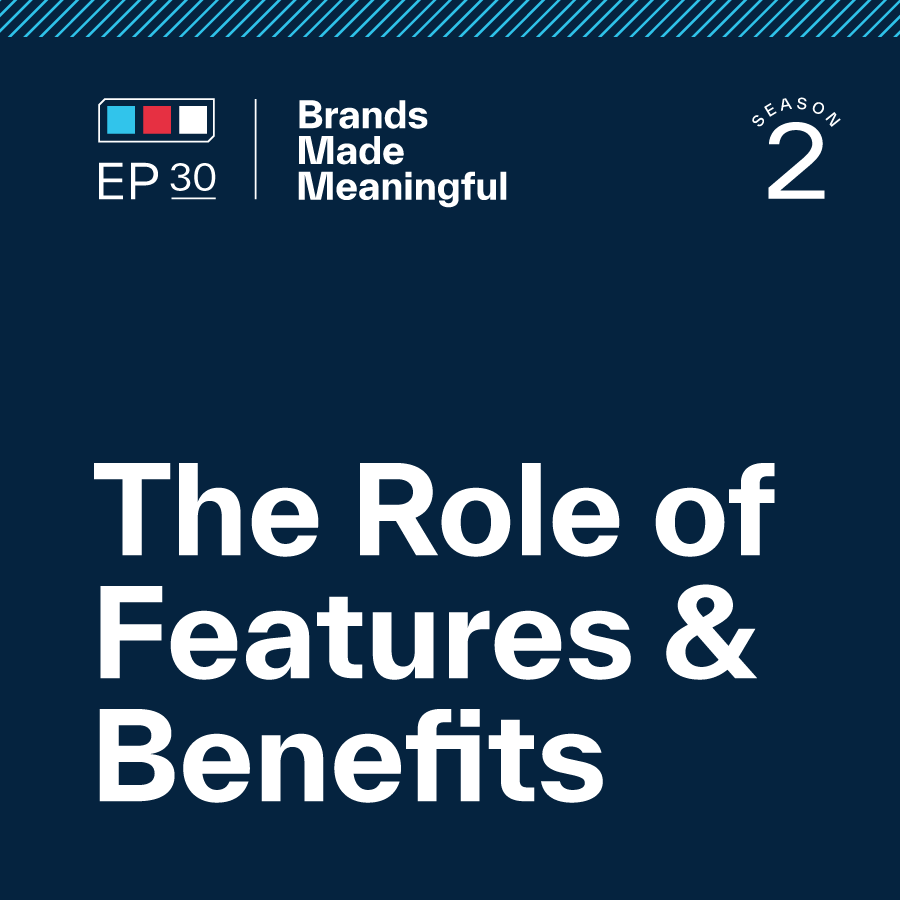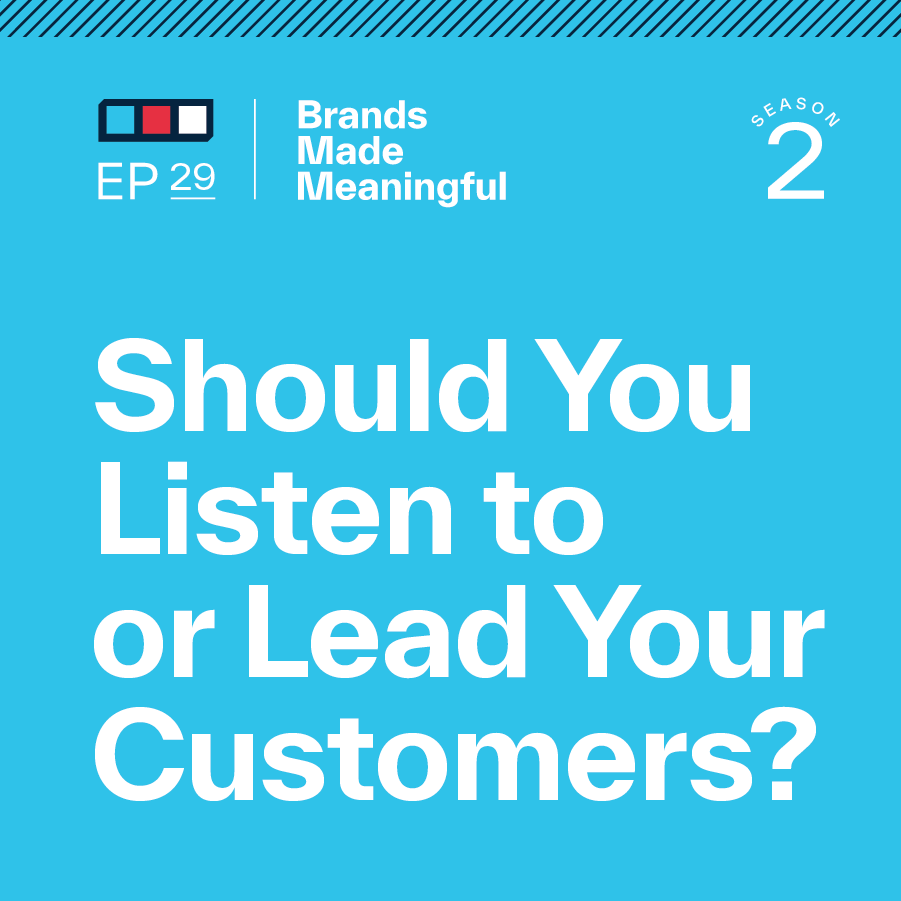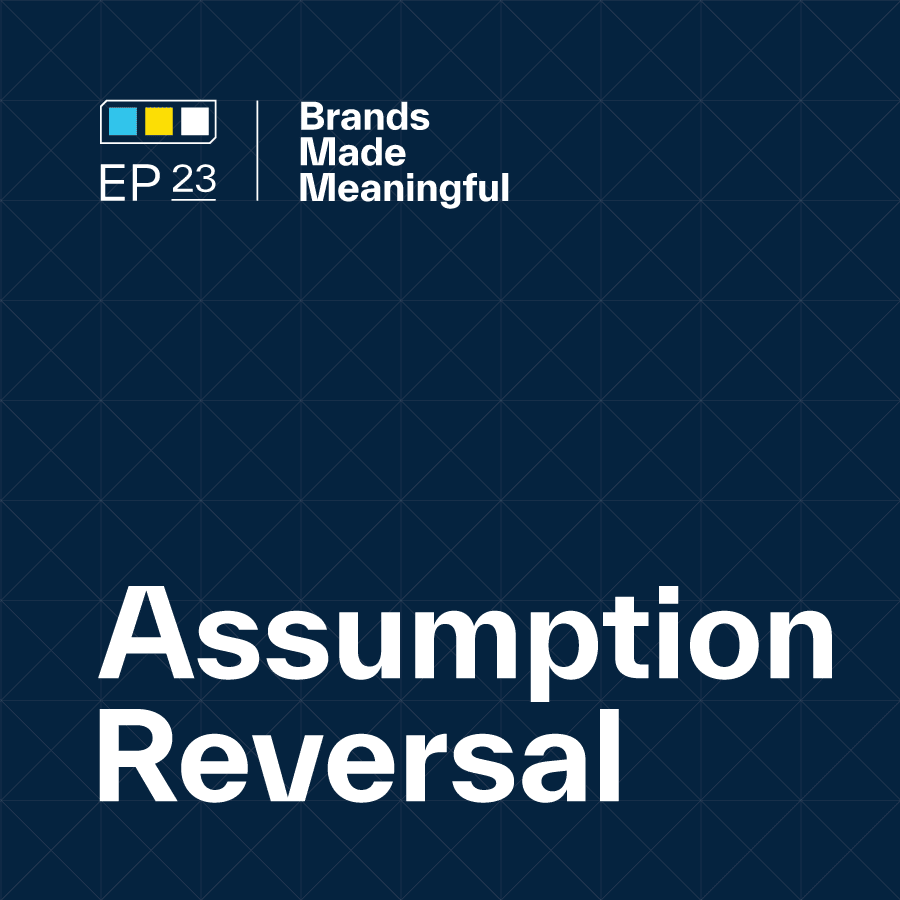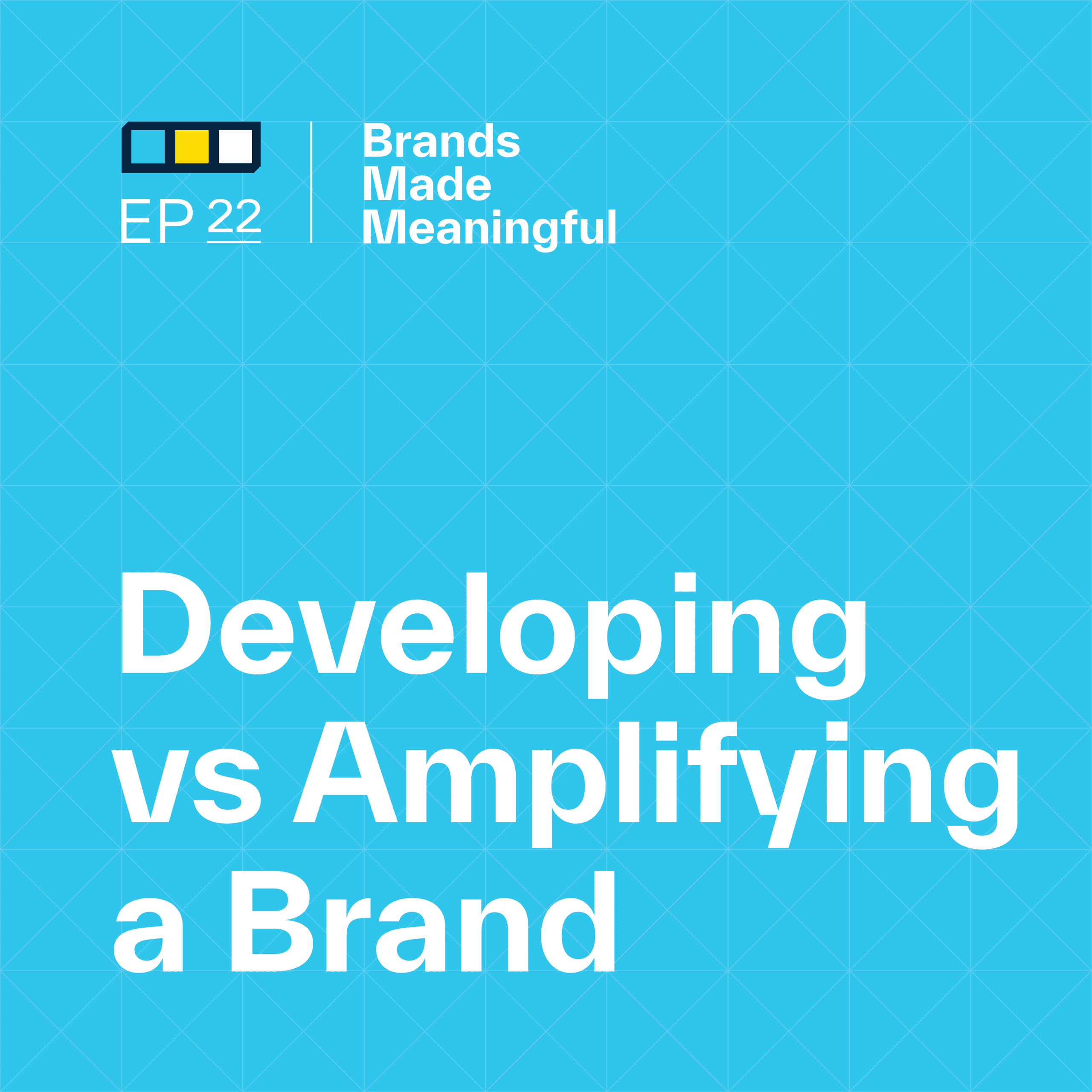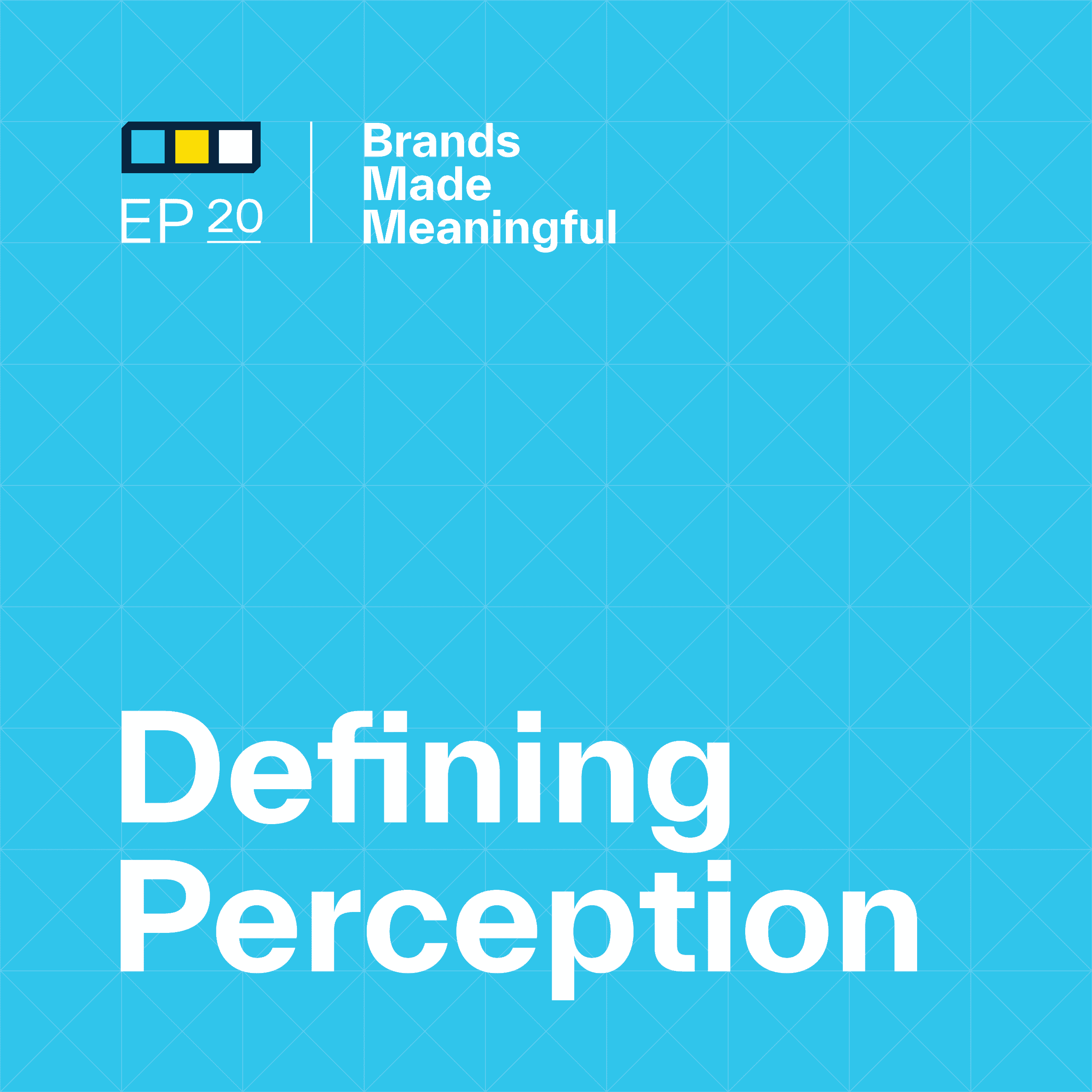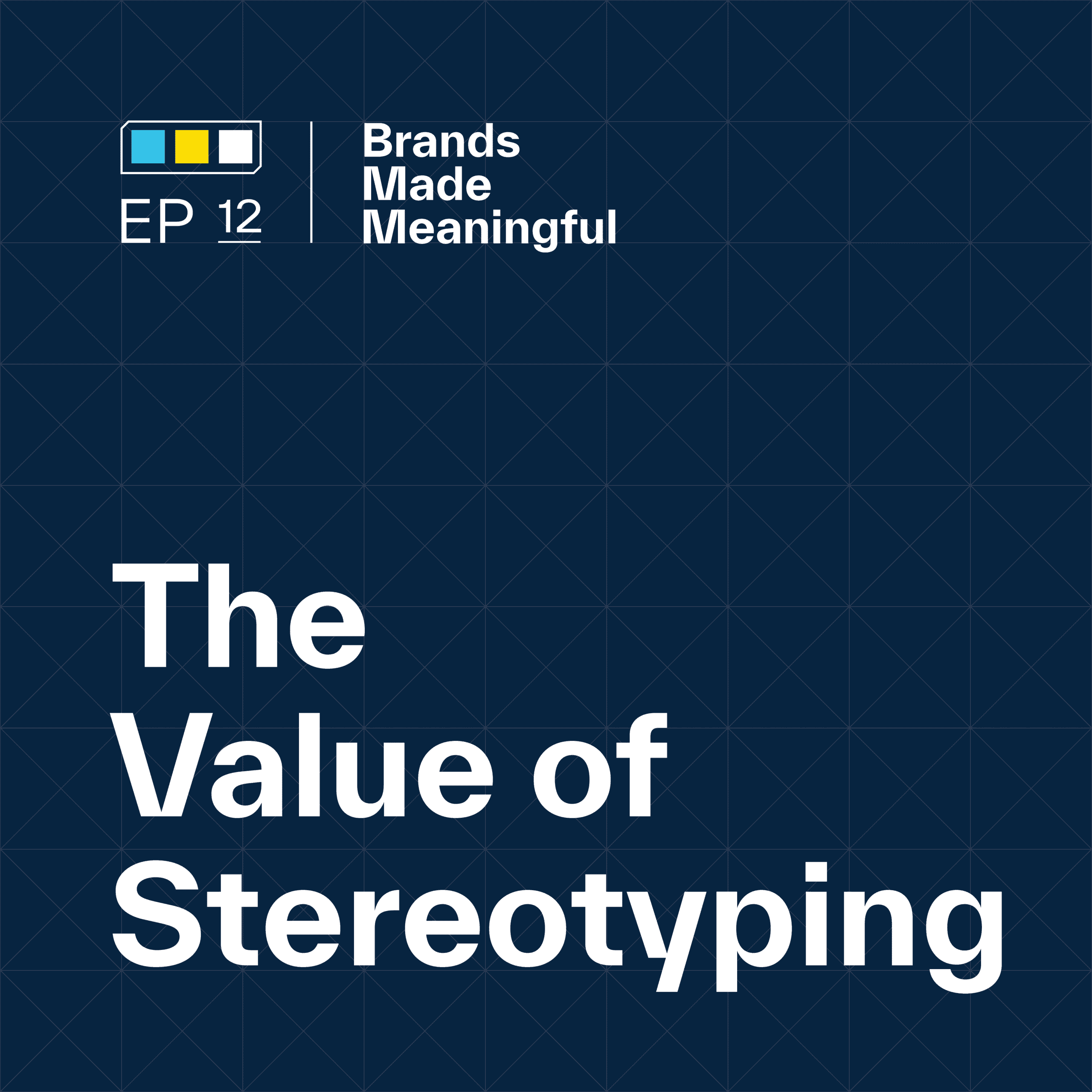EPISODE 87

Evolving Member Expectations
Episode 87
Derek and Tucker dive into the differences between generational club members, their wants and needs, and how to balance out expectations across the board for a more intentional future.
EPISODE TRANSCRIPTION
The younger or more established you are does not matter. You will always face evolving member expectations.
Tucker For us, that means things like lifestyles could change, preferences could change, your demographics might even change, of who is a member at the club. But clubs have an opportunity to align or realign their brand with these expectations.
Expand Full Transcript
Tucker And it’s not about keeping up. It’s really about leading and using these as inspiration moving forward so that we have a strategic brand that bridges the generational gaps. When someone doesn’t do these, and we’ll get into a little bit of that later, it’s like what happens when you don’t change with member expectations. But when you do, it ensures that the club remains exciting, it remains relevant, and it remains deeply valued within your membership for today and hopefully moving forward into the next generation as well.
Derek You and I were chatting before we hit the record button about how members’ expectations are continuing to evolve. And I keep going back to the shift that most clubs experienced because of COVID. The pre-COVID, post-COVID, and incredibly younger, overall average ages of people who are coming in and joining clubs. And the 45-year-olds, what’s going on in their life and what’s important to them, is different than what’s going on in the everyday life of a 65-year-old person. There may be a few clubs out there where they haven’t had this sort of shift, but even the clubs that we work with that have traditionally had an average age of membership in the 70s are now trending into the 60s. So the shift is going to happen, and then members’ expectations just inherently come with that.
Tucker Yeah, think about the newest people coming into your club. What’s changing with them? What makes them different than the people in front of them? Sometimes these changes can be generational. They might be newer, younger members. Maybe they’re more family-focused. Maybe they are looking for more casual experiences. We hear about casual experiences all the time. But those newer members might also have changes in their cultural expectations. So maybe they want more inclusivity. Maybe they want more flexibility, or maybe they are more wellness-focused. This comes down to a shift in lifestyle. The lifestyle of your newest members is most likely different, even if a little bit different, than your legacy members. And this is looking at how people spend their time, what they value, and how they define luxury. How they define belonging might be different than the way that your members today, or even your members from the last 20 years, have defined that over time.
Derek This shift is natural, right? This shouldn’t be thought of as a threat or viewed as an issue unless you haven’t been really thoughtful in the people that you’ve accepted into your club, onto your staff, into your membership. But if these people that are coming in and this shift includes people that are right fit, that are cultural fits, that have whatever that core thing is in common that’s always been or that continues to be important at your club, then this is an opportunity. So instead of thinking about this as a threat to see this as an opportunity to refine, reinforce, and get some clarity on what the club’s identity is all about.
Tucker So this opportunity is twofold for us. One is reinforcing loyalty with our current members. Hey, we’ve heard you, things are changing, you want different things. We know that when the brand evolves in step with their expectations, it builds trust. It builds this idea of you get me, you understand what I want. It also shows that the club is listening, it’s responsive, it’s not stuck in its old ways. This is not a “how we’ve always done it” type of club. This is a club that’s here to really satisfy our members and make sure that their lifestyle is moving forward in the right way. That’s the first one. The second is really about attracting the right new members. And this is really, really critical. A lot of people say, It’s important for us to satisfy our current members. I wholeheartedly agree with that. But it’s really important that the new people that you bring in are the right people. It becomes easier if your brand is in step with what you understand those expectations are changing. It becomes easier to attract those right people, to attract people who see themselves in your club, the ones who see themselves in your story. You want people when they look at a website or they look at your marketing materials, and they say, That’s a place where I belong. That’s the place where I could see myself for the next 30, 40 years. And it’s really critical that we make the right moves now and listen and move forward with them.
Derek In the early phases of a branding project that we work on, when we’re in the strategy phase or even the discovery part of the strategy, one of the really critical components that we implement is understanding and getting as much clarity as we can on what’s important to the members. What’s important to the membership as it is today, and what are some of the things that they want or aspire to? We’re looking at that as a kind of collective versus just a couple of really strong, loud voices. I mean, I can’t imagine being a GM or a membership director and fielding all of the various requests that a member has because they saw something at another club or they think that adding a certain amenity to the club would be really cool, even though it may only appeal to 1% or 2% of the overall membership. That’s why this needs to be done strategically, not just reactively, and not ending up with just a hodgepodge of amenities or things, but to do so in a way that’s not just chasing trends or doing something just because another club’s doing it, but because it’s right for you and your membership and what you’re trying to build at your organization.
Tucker And when we say strategically, that is focused on clearly defining what we want this club to be. How do we build a brand that reflects and supports that vision? I think vision becomes really important. When we talk to leadership at clubs, everyone wants to talk about mission. How are we getting this done? How are we going to do it? What are we doing every day? And while I agree that that’s critical for getting the day-to-day operations going, the vision can be even more so around what those operations should be building towards and where we are going. We’ve done conversations on vision in the past, so if you want those types of episodes, we have plenty of those conversations. But really, it’s to focus on how our brand becomes this bridge, how we communicate, and how we set that aspirational north star that meets members where they want to go. When they say I want more of this, I want more of these amenities, instead of saying, Yes, sounds good – we’ll get that amenity – understand why they want that amenity, where they’re trying to go, and what is really important about that specific thing so that we can take that idea and really build it out in a way that feels right for everybody, instead of just the one person.
Derek Yeah, and everybody, meaning your older members, your longstanding members, in addition to your new members and your young members. While each of those groups of people and pockets may value and want different things, there is still something that they all want. And that is the sense of they’re identifying with their membership and their sense of belonging at your club. And it’s critical that this can be and absolutely should be done in a way that’s inclusive to all of those age groups and ranges.
Tucker We never want to alienate that older group. And I think in our process, we have to get a cross-section of membership. That’s really important to us. Having a shared identity becomes critical. But what happens when a club ignores these signs? When a club may ignore or delay work on their brand because this idea of, well, our brand’s always been like this since 1910. So why would we change now?
Derek I would also say making the mistake, not only of ignoring it, but just listening to one small subset of your membership. For example, if you’re really holding on to the elder generation of your club who most of the time are the ones that are going to resist updating your image or updating your messaging, even though the membership is clearly evolving and younger people are coming in, like valued younger, newer members are joining you, to not embrace that as part of your identity is a huge mistake. You end up basically getting out of sync with your membership. And you might not even be aware that this is happening. Sometimes this can happen so gradually, but ultimately, you’re either resisting change or you’re hanging on too tight to something that probably should be considered.
Tucker Right. And to have the entire membership not have this shared sense of identity because there are 10% of the members who are the older group who feel very, very passionately that they shouldn’t change, makes it harder to move forward. It’s harder to do this. This drifting out of sync gradually is not intentional. You’re not saying we are going to be this older club, we want to be seen as this. What happens in the club world is you end up trying to appease everybody because that’s the industry. It’s hard because if your brand feels like it’s speaking to a past version of its membership, a present or future one will not accept it, and it won’t embrace it in the ways that the past one did, and that can be really, really difficult.
Derek Member expectations cross a lot of topics and issues. So we’ve talked about amenities a little bit. It also includes the brand and how it represents itself. You know, older members might appreciate tennis, younger members might prefer pickleball. And we can get into some of the various amenities and the features and the benefits of what these members’ expectations are. But we’re also talking about just the differentiation in members’ expectations around our perception, our reputation, and how people think of and identify with our organization. Some members may love the way that our appearance is, the way that we look, but not feel connected with how we present ourselves, how we talk about ourselves, that we’re not doing a great job of actually reflecting what it is that we’re all about today and how to talk about ourselves and communicate in that way externally.
Tucker And what happens when a member isn’t excited about how their club looks or how their club is represented in different areas, it can really show with a lack of outward excitement. They might be excited to go to the club with the members and talk about that and all the other stuff. But if you’re not extremely proud and want to bring members there and to show them everything and be comfortable sending them to your club’s website, or say, hey, look at this flyer that I just got from my club, you should come with me, you should do this – if you’re not happy with how that is and that doesn’t represent the level that you are proud to share, that creates a disconnect with that club to say our members aren’t even willing to bring guests over because they’re so not pleased with the way we communicate to people.
Derek Again, if I was GM for a day, I think that what would be even more frustrating for me than fielding a handful of members coming to me and being really vocal about what they want or what they think should change or what they have an issue with, is having a large pocket of members that don’t say anything at all, that don’t express their dissatisfaction, that just quietly leave the club or stop coming as often or stop referring our club to their friends and their colleagues. Just for us to not even know that we have this dissatisfaction, that’s actually a real challenge that’s happening.
Tucker And you also look at other people. Falling behind is common. We talk about it with the clubs that we work with as well around comparing yourself to a club down the street or comparing yourself to a club on the other side of town and figuring out while they’re actively changing, they’re actively evolving, they talk about themselves differently, and they’re looking to attract the people we’re trying to attract. But we’re not doing anything about it. And in that scenario, they’re winning, not necessarily because they’re better than you, but because they’re better aligned with what they need to be, and that is really impactful when you think about this idea of the amenities might be the exact same, the level of service might be exact same, but they’re doing a great job of attracting the right people because they’re not afraid to say certain things and be maybe a little different in the way that they approach their presentation, the way they talk, and the way that they look.
Derek I use this example all the time when we’re talking to a club. It’s to say if we surveyed five different members from across the membership or five different people on your team, on your staff, and we asked all of them in a sentence to tell us about this club, tell us about this organization, what are the odds that they would all be aligned? And maybe not use the same words per se verbatim, but what are the odds that they would all have a unified, aligned response and reaction, and is that response and how they talk about you when that’s actually helping you grow your club.
Tucker The way that we look at brand work and try to get our clients into this mindset as well is it’s like working out. It’s harder the longer you put it off. The more you work out, the more frequently you have and the active lifestyle you have, the easier it is for you to do those things versus not doing anything for 30 or 40 years and then saying, you know what, I’m gonna work out today or today I would like to be fit. That’s not an easy conversation to have, but that’s exactly how branding works. The farther you push this off, the harder it is to meet those expectations, the harder it’s going to be to change who you are, because you’re not actively saying this club is about moving forward. This club is about doing something fresh, something different. That can be a really hard conversation. Before we got on to this recording, we even had a conversation around if a restaurant only served the exact same menu from 1960 to 2025, more often than not, that restaurant will fail. There are some that succeed. But very, very, very few of them do succeed with not changing one thing at all. That’s how we want to think about our brand. It’s not about changing every single thing on the menu, and it’s not necessarily changing our core understanding of who we are and what we serve. It’s really about making sure that the way that we serve it and the way that it’s presented might meet the expectations of the current customers and the future customers so that we keep attracting those people and keep them coming back.
Derek Let’s talk a little bit about what a club can do to start to make sure that they’re staying on top of these evolving member expectations.
Tucker Step one, and if you’ve listened to these podcasts, step one is almost always the same. I’m not going to sugar coat it here. It’s understanding. It starts with listening. It starts with doing things like maybe you do a formal survey. Maybe you do informal conversations with members. But really, it’s about understanding the trends within your own club. A trend analysis can sound flashy and out there, but it’s just understanding what has changed over time. What do our members want our club to feel like? What are they proud to share with others when they do share things with others? And let’s dial those things up of what they’re proud to share and the things that they’re not proud about. Let’s change them. Let’s move them forward in a way that makes them proud of them.
Derek Outside of the club industry, thinking back to restaurants, they’re learning what’s working. They are understanding what’s selling the best, what’s not selling. Most successful organizations, even in the corporate world, have a means of gathering their customer feedback and their staff and their internal team’s feedback and really making sure they have a pulse on that. I think most clubs that we talk to do an annual survey, a satisfaction survey. I kind of feel like with some of them that I’ve read or previewed, they get a little complacent, and they’re kind of asking the same questions just to ask them. And I’d be curious to challenge them to make sure that they’re reevaluating the questions that they are asking in a way that they actually getting information that will then help them decide what it is that should stay the same and what should be shifting and evolving along with our evolving memberships.
Tucker And we can have an entire conversation around surveying, honestly. And we should, because the conversation around surveying for memberships that get surveyed all the time is that all of those are really asking questions around symptoms. They’re not really asking questions around problems. They are really going, well, how do you like our golf course? How do you like this amenity? How satisfied are you with that? And that’s great. But that doesn’t help you understand the sentiments of what makes this place special. What helps us stand out? What ways can we increase that uniqueness, and how we can make sure that this membership feels vibrant all the time, is really a question we need to get into. But back to your point around deciding what needs to shift, if you have all this listening, you understand what’s going on. You understand where your club is going as you move forward. We need to understand what needs to change. Understanding which aspects of our brand need to evolve can be hard. So, does our visual identity need to change? The way that we look, or maybe our logo, our color palette, the presentation of our brands. Does our message need to change? The way we speak about ourselves, the way that we talk externally and internally? Does that need to change? Maybe it’s service standards. Maybe those have changed over time because our members expect different things, or maybe dress code. That’s a big one that we talk about with a lot of people. Our dress code has changed, and there are members who are unhappy and members who are happy, and how do we bridge that gap? Or it could be even programming, the things that we offer from an event standpoint, or somewhere like that. For us to figure out which needs to change and which doesn’t, back to the menu analogy, not everything needs to change is basically how we come back at this and to say it’s important for us to understand what’s not going right and what levers we can pull to make that work well for the next generation rather than saying let’s throw everything away and restart every single time.
Derek And doing that then helps you align your brand and all of these things that you’re offering. It helps align those cohesively across all the generations of your club. It’s creating the experiences that attract and speak to the young families who have children who want this to be a lifestyle place without alienating the long-time members who want to come there for a really nice, fine dining experience, or whatever example might fit. It’s updating consistently. It’s taking care of and nurturing, but without changing or losing the core identity and the core culture of who you are.
Tucker And once you’ve made those core changes, let’s say we’ve decided we need a new logo for our club, we’re going to go through this process, we’re going to build out a new logo and we’re going to do all of those other things, it’s not enough just to say we’re going to do that and then we change the logo and that’s it. It’s activating the evolution across all of these pieces. If we have a new idea of who we are, or we have an altered idea of who we are, we need to bring that to life across everything in our club. To not only have this identity that we’re excited about to say, we’re a club that’s all about X, and we’re going to do that, and we are going to live it, then it’s to say, okay, bring that to life. Do that across your services, do that across signage, do that across all of your materials, and make sure that your events feel right. Because a brand that adapts successfully creates momentum and this shared excitement for what’s next at the club so that people come back tomorrow.
Derek You just mentioned logo, and we pick on that your brand is not a logo because it’s not. I know brands that have all of this alignment but have a terrible logo. They haven’t taken the opportunity to use that visual sign and symbol and identifier of their brand. They haven’t taken the step to make sure that that’s evolving along with those member expectations. I also know of organizations that have what I would call killer logos, like awesome logos, at least from an aesthetic standpoint. But I have no idea inside those organizations and internally if that’s a successful organization that is also aligned across that membership. So what we’re talking about is bringing those together and being intentional with the choice that you have, which is either to stick with what you have and to do things the way that it’s always been, which may include keeping that one item on the menu that has been a favorite, or to be thoughtful and adapt and evolve intentionally.
Tucker And that clinging to the past but not forgetting the past can be two very different approaches. It’s all about adaptation, figuring out what you need to be moving forward and what keeps going. I think a lot of people in their initial conversations with us will assume that our goal is to destroy history. That is not the case at all. Our goal is to take history and amplify it in a way that says here’s how that history is relevant for us moving forward, rather than saying our brand is history. How does our history represent our brand, and how can that now be seen moving forward?
Derek Understanding how your members’ expectations are evolving is, like you said, that’s step one. Then that gives you the information and the tools and all the fodder that you need to then decide what it is that you can be and should be doing to help your organization adapt so that it continues to be successful in the next 20 years.
Tucker And it’s about confidence, right? So when you do this type of work, it’s not about being reactive to everything. It’s about making decisions and being a little visionary with it and saying, here’s where we’re going and here’s what we’re doing. And that clarity and that confidence gives you this ability to say no to certain things. So when someone comes in and says, We need a plunge pool because I saw it on an Instagram reel and I really want it, then you get to say, I appreciate your thoughts, but that doesn’t meet with who we want to be moving forward. So that would be a no, but in the nicest way possible. And to give that person, instead of a no, to give them, that doesn’t align with what I think our members all want, and here’s why. And here’s where we’re trying to be and give them that reasoning behind, okay, this is the experience we’re really trying to create and kind of move that forward.
Derek Well said. Awesome conversation. Let’s add that research and survey topic to the queue. I think that would be a fun one to talk through.
Tucker Yeah, absolutely.
Derek Okay, great conversation. Look forward to the next one. Until next time.
Tucker Thank you.
Derek Thanks for listening. Sussner is a branding firm dedicated to helping make a meaningful mark, guiding member organizations into the next chapter of their story. Learn more at sussner.com.
More Episodes Like This
Why Great Clubs Still Struggle with PerceptionEpisode 93
Derek and Tucker discuss the intricacies and challenges of creating and maintaining perception in the private club industry.
How Course Architecture Shapes Club Identity with Drew RogersEpisode 92
Derek and Tucker are joined by Drew Rogers, a seasoned golf course architect, to explore the intricate relationship between golf course design, identity, and culture.
Brand’s Role in Club MarketingEpisode 91
Derek and Tucker break down the importance of a strong brand for marketing your club in order to attract right-fit members.
Taking Care of the People Who Take Care of People with Craig PrattEpisode 90
Derek and Tucker are joined by Craig Pratt, co-founder and board chair of the nonprofit organization Holes Fore Hope.
Reviving New Member InterestEpisode 89
Derek and Tucker explore options for generating interest among prospective members and inspiring them to join your club.
Brand Through the Eyes of a Club Manager & Consultant with Chris CoulterEpisode 88
Chris Coulter, Vice President of Club Consulting with the McMahon Group, joins Derek and Tucker to discuss the intersection of branding and consulting in private clubs.
Evolving Member ExpectationsEpisode 87
Derek and Tucker dive into the differences between generational club members, their wants and needs, and how to balance out expectations across the board.
Winning the Talent Game with Tom WallaceEpisode 86
Tom Wallace of Kopplin, Kuebler, & Wallace joins Derek and Tucker to discuss the importance of a club’s brand in hiring and retaining right-fit employees.
Reclaiming Reputation Through Brand RevitalizationEpisode 85
Derek and Tucker discuss the potential that a branding initiative can have to restore a club’s reputation.
Branding The Club with Don KovacovichEpisode 84
Don Kovacovich, GM of The Club at Golden Valley, joins Derek & Tucker to discuss the impact that rebranding has had on his club and the opportunity it presents for other clubs
Changing a Club’s Membership ModelEpisode 83
Derek and Tucker discuss key considerations and challenges when changing your club’s membership model.
Connecting a Club with its Story with Jackie CarpenterEpisode 82
Derek and Tucker are joined today by Jackie Carpenter, author of People First.
Branding a Club AnniversaryEpisode 81
Derek and Tucker discuss the unique opportunity presented by milestone and anniversary dates for private clubs.
Private Club Storytelling with Ricky L. Potts, Jr., CCMEpisode 80
Derek and Tucker have the pleasure to speak with Ricky L. Potts Jr. about how powerful storytelling can be for your club members.
Opportunity in Club Facility RenovationEpisode 79
Derek and Tucker discuss pivotal key moments in your legacy and how to transform your story through renovation.
The Evolution of Club Members with Jon LastEpisode 78
Derek and Tucker are joined by Jon Last from Sports & Leisure Research Group to discuss the evolution of club members.
Member Branding vs. Product BrandingEpisode 77
Derek and Tucker discuss the challenges their client's have moved through when approaching differing styles of branding.
The Role of a Private Club's LogoEpisode 76
Derek and Tucker take a look back on private club logos they've designed over the years and explain the strategic reasons behind their choices.
Club Brand GovernanceEpisode 75
Derek and Tucker divulge the steps to evolving your brand while retaining your core values.
Seasonal Member MerchandiseEpisode 74
Derek and Tucker take a look at crafting specific merch to celebrate landmarks and special times of the year.
Who is Sussner?Episode 73
Derek and Tucker take a break from talking shop to talk about who they are and what they stand for.
Club Identities Beyond AmenitiesEpisode 72
Derek and Tucker discuss what it takes to stand out in unique ways for your club.
Little Things Mean EverythingEpisode 71
Derek and Tucker take a look at the often missed and easy to overlook.
Build Flexible Brand SystemsEpisode 70
Derek and Tucker break down the building blocks for long lasting branding.
The Club at Golden ValleyEpisode 69
Derek and Tucker take a close look at one of their recent rebrands.
When to Launch a Club RebrandEpisode 68
Derek and Tucker break down how to find the perfect timing when launching a club rebrand.
Steps to Launching a Club RebrandEpisode 67
Derek and Tucker break down the steps to take and the reasons why you should consider a club rebranding.
Brand Marketing vs. Brand DesignEpisode 66
Derek and Tucker define the line between marketing and design and how they intersect to inform one another.
Building Brand GuidelinesEpisode 65
Derek and Tucker show us how to build infrastructure guidelines to unify your brand experience across the board.
Club Identity SystemsEpisode 64
Derek and Tucker cover what Identity Systems entail and how to discern between internal and external methodologies.
Navigating Branding With a BoardEpisode 63
Derek and Tucker bring clarity to uniting your company under one cohesive vision.
Putting a Committee TogetherEpisode 62
Derek and Tucker assemble your need-to-know facts when putting together your committee.
The Guiding Principles of Private ClubsEpisode 61
Derek and Tucker go over the top ways private clubs can find the balance between pleasing old members while attracting new ones, all while making moves towards the future.
How Color Affects PerceptionEpisode 60
Derek and Tucker cover how to best convey your business with color.
Brand EcosystemsEpisode 59
Derek and Tucker break down how to craft effortless experiences when considering your brand as a whole.
6 Types of Brand TransformationEpisode 58
Derek and Tucker dive into 6 distinct types of transformations for a wide range of brands.
Tournament Branding For ClubsEpisode 57
Derek and Tucker discuss designing and delighting your club members with tailored events.
Brand Promoters & DetractorsEpisode 56
Derek and Tucker discuss how high level promoters increase your NPS and how to turn the tides on your detractors.
The Loudest Voices in the RoomEpisode 55
Derek and Tucker talk about gathering feedback while prioritizing every voice.
Determining A Primary AudienceEpisode 54
Derek and Tucker discuss if and when you should be honing in on your audience vs. casting as wide a net as possible.
Branding For ExclusivityEpisode 53
Derek and Tucker discuss the intricate process of naming your brand.
Measuring Brand SuccessEpisode 52
Derek and Tucker discuss how we measure our success in branding and a few key KPIs that help us understand our impact.
Branding For ExclusivityEpisode 51
Derek and Tucker breakdown how brands can create the perception that they are exclusive and only for a certain type of consumer.
What Makes A Brand SurprisingEpisode 50
Derek and Tucker break down the Sussner formula that we believe leads to a surprising brand.
Breathe Life Into Brand TraditionEpisode 49
Derek and Tucker discuss the intricacies and common pitfalls of branding for Private Golf Clubs.
They Key of Visual DifferentiationEpisode 48
Derek and Tucker break down the importance of differentiating your brand on a visual level.
Branding For Private GolfEpisode 47
Derek and Tucker discuss the intricacies and common pitfalls of branding for Private Golf Clubs.
Dealing With An Identity CrisisEpisode 46
Derek and Tucker breakdown how to identify and remedy a brand's identity crisis throughout thoughtful and intentional brand management.
Branding vs MarketingEpisode 45
Derek and Tucker discuss the differences between Branding and Marketing and how to make the two compliment each other.
Build Your Brand's FoundationEpisode 44
A brand's foundation is a critical element in being successful in the long-term.
Building a Constructive Branding ProcessEpisode 43
Derek and Tucker break down the steps required to build the most constructive and meaningful branding process.
What Makes a Brand Relevant?Episode 42
Relevance is a key piece of a brand's identity for creating clarity and connection.
Your Right to WinEpisode 41
Derek and Tucker discuss the “Right to Win” and the odds of your brand's success within your target market.
An Intro to Sub BrandingEpisode 40
Derek and Tucker discuss the nuances of developing sub-branding and strategies.
Conquer Branding FearsEpisode 39
Derek and Tucker dive into how to overcome the fear of change and the nature of constant refinement of your brand.
Balancing Strategy & DesignEpisode 38
Great strategy is a necessary foundation for great design—and great design brings great strategy to life.
Branding PrioritiesEpisode 37
Branding priorities are the actions and initiatives that shape or enhance a brand's identity, perception, and market position.
Invest in Your BrandEpisode 36
Investing in your brand benefits your company as a competitor in the marketplace, builds trust with customers, increases perception of quality, and drives employee engagement.
Why is Positioning Scary?Episode 35
Narrowing the brand's position is really a strategic decision to focus the brand's offerings, messaging and target audience on a specific niche or segment within the market.
What Are Brand Consultants?Episode 34
Derek and Tucker discuss the importance of hiring expertise with a wider breadth of knowledge than just visuals.
Hire for Brand FitEpisode 33
Hiring people that fit your brand is key in order to maintain brand authenticity, positive culture, and consistent messaging.
Your Brand’s Stance MattersEpisode 32
Your stance can help define your brand from a core level and make branding, hiring, and marketing not only easier, but more meaningful.
Levels of Executing a Brand RefreshEpisode 31
If you have a brand strategy in place, how do you execute it?
The Role of Features & BenefitsEpisode 30
Derek and Tucker discuss the importance of features and benefits within the context of branding, selling, and marketing your products and services.
Should You Listen To or Lead Your Customers?Episode 29
Within the challenge of any rebrand is the challenge of managing customers' perception of change.
Managing a Brand TransformationEpisode 28
Episode 28 discusses the highlights and challenges of rolling out a new brand, both internally and externally.
Living Your BrandEpisode 27
Your brand is not this shiny trophy on the shelf. It is something that you are molding every single day.
What Makes a Brand Authentic?Episode 26
Season 2 starts off with a discussion about building authentic brand experiences, both internally and externally.
Reviewing your Competition's CreativeEpisode 25
Derek and Tucker discuss the process of reviewing your competitors' creative strategy to better position your brand within the market.
Interviewing your Audience for InsightsEpisode 24
This episode details the process and benefits of interviewing your audience as part of the branding process.
Assumption ReversalEpisode 23
Derek and Tucker discuss how we change our thoughts and get into a different mindset to refine and revise our branding.
Developing vs. Amplifying a BrandEpisode 22
Another way to say it is, development is building and crafting your brand story, and amplification is then telling it.
Refreshing a Sporting Goods BrandEpisode 21
This episode shares the steps behind Sussner’s work in refining the Shock Doctor brand.
Defining PerceptionEpisode 20
Derek and Tucker discuss the positive and negative impacts of brand perception.
What is a Brand?Episode 19
Derek and Tucker discuss what defines a brand and what makes them successful.
Branding Golf Courses vs Golf ClubsEpisode 18
Derek and Tucker further hone in on golf course design.
Refreshing a Golf CourseEpisode 17
Derek and Tucker discuss the bar for golf course design – and how to push past it.
Let’s Talk Taglines Episode 16
Derek and Tucker talk taglines in today's episode.
Refreshing an Athletic DepartmentEpisode 15
Derek and Tucker sit down today to discuss what logos mean within branding.
Branding a Club Episode 14
Derek and Tucker discuss how to brainstorm branding a club.
An Intro to Internal Branding Episode 13
Derek and Tucker discuss the power behind internal branding.
The Value of Stereotyping Episode 12
Derek and Tucker sit down today to discuss the meaning of stereotyping within the branding world.
We’re on a Mission Episode 11
This episode digs into the rallying cry for the greatness your team is going to accomplish.
Aren’t Brands Just Logos? Episode 10
Derek and Tucker sit down today to discuss what logos mean within branding.
The Business You Are Really In Episode 09
Derek and Tucker sit down today to discuss how to discover what business you are really in to better understand your mission statement.
Clarity of Vision Episode 08
Derek and Tucker discuss the importance of looking ahead towards the big picture to better hone the purpose behind what we do in the now.
Branding B-2-B Environments Episode 07
Derek and Tucker discuss the Branding of Spaces.
It’s All in the Name Episode 06
Derek and Tucker discuss what a name can say - and not - about your company.
Delving Into Branding Data Episode 05
Derek and Tucker jump into the discovery phase of branding before it hits the drawing board.
Content Made Meaningful Episode 04
Today Derek and Tucker discuss the concepts within content and its common misconceptions such as the phrase "Content is King."
Brand Story vs. Brand Messaging Episode 03
Your story matters.
Visuals That Take The Cake Episode 02
Derek and Tucker sit down to discuss visual impact and what that could mean for your brand.
Are You Different or Distinct? Episode 01
It's not about being the only option, it's about being the right option. Join Derek and Tucker as they discuss Differentiation & Distinction.



